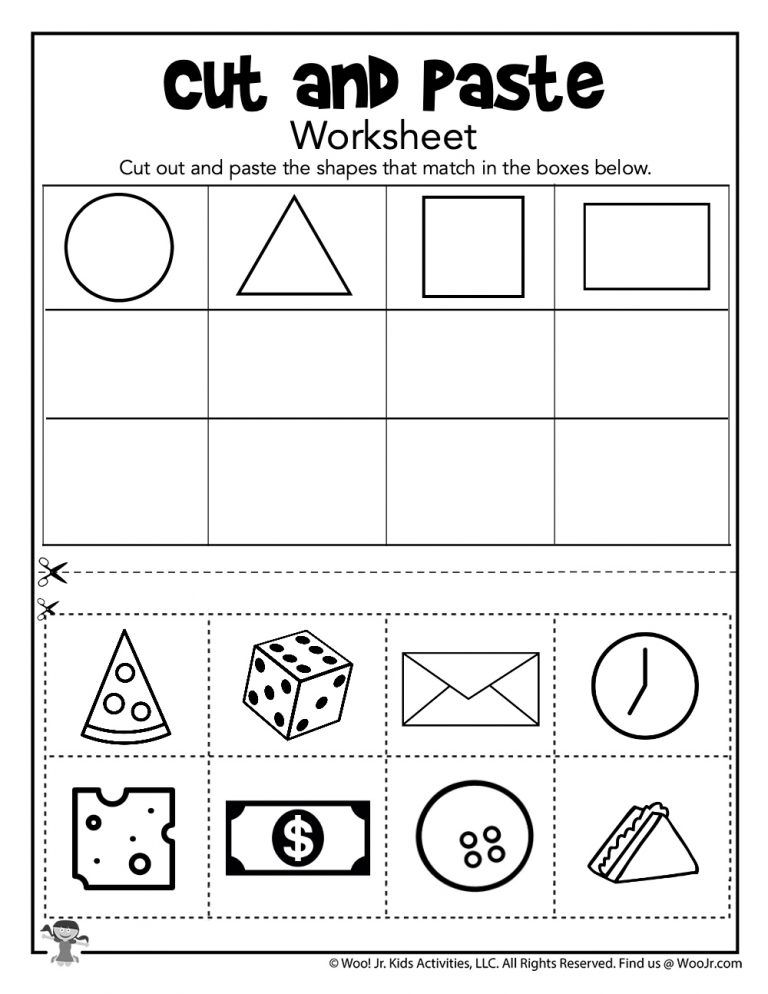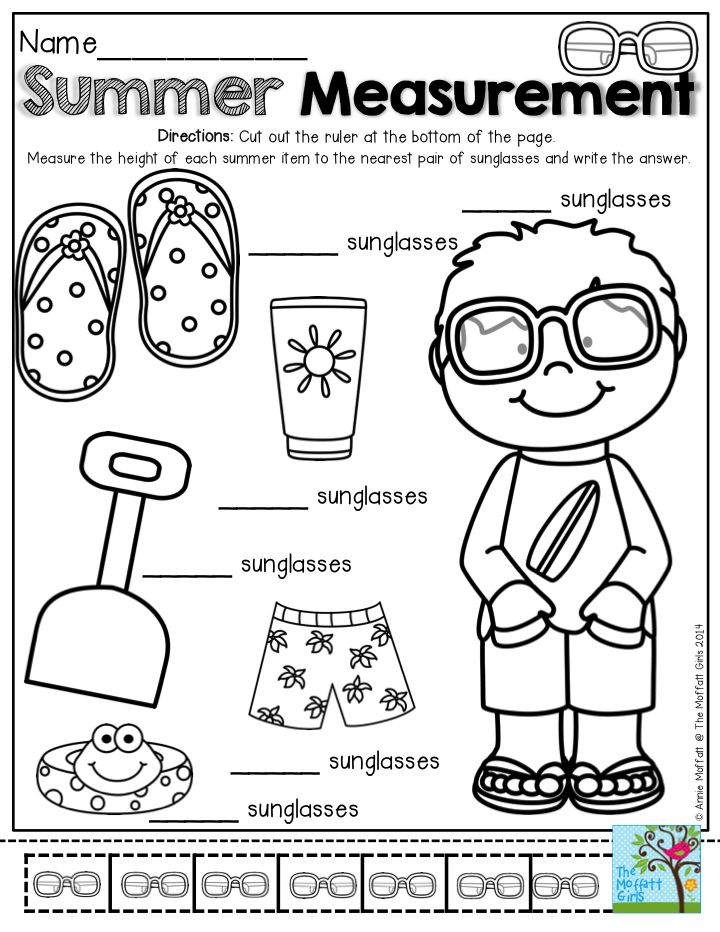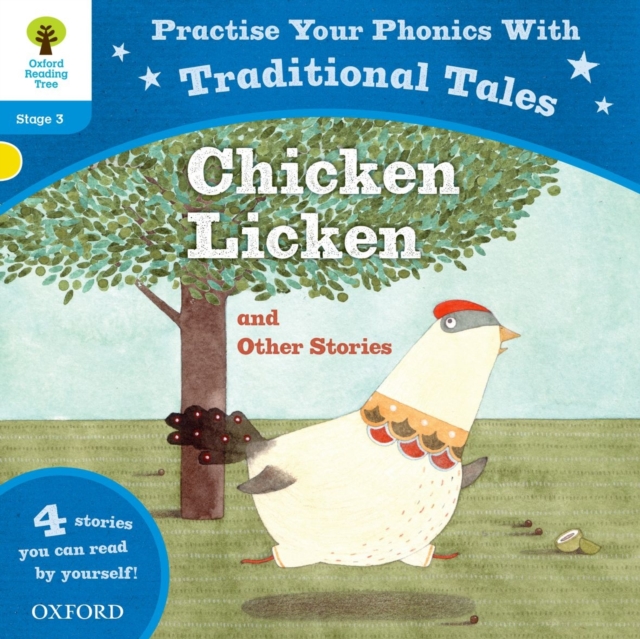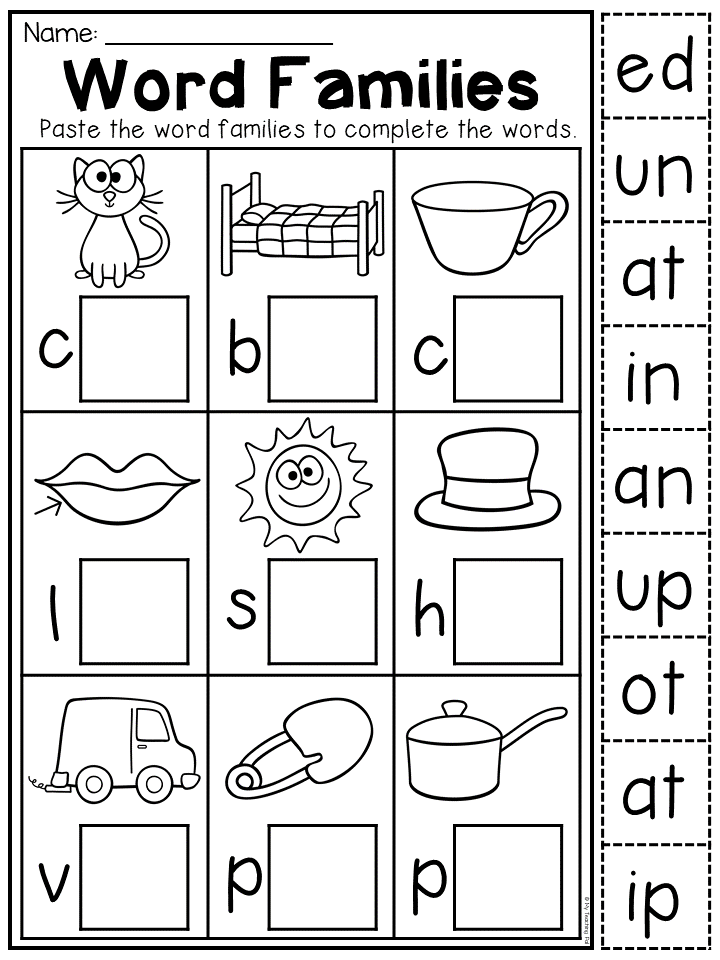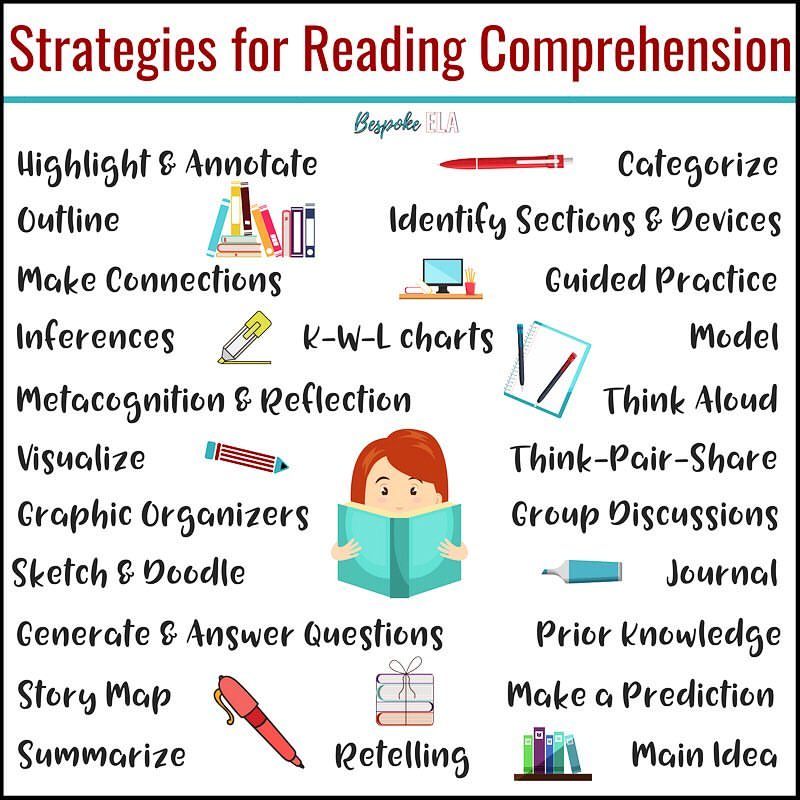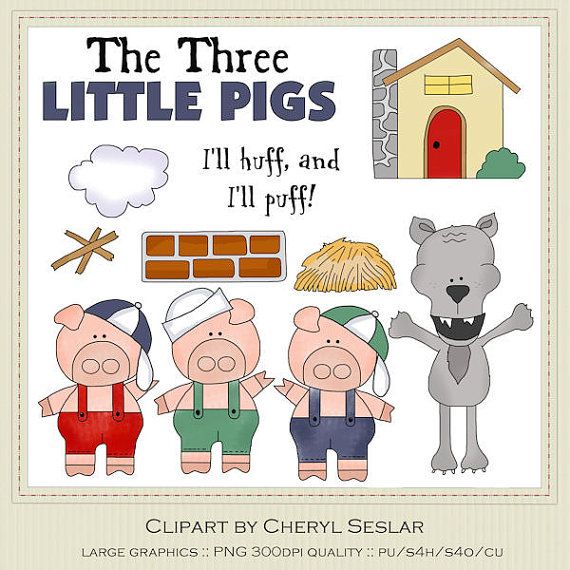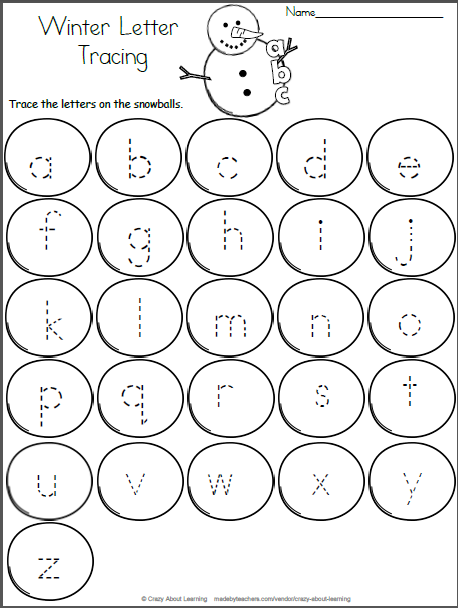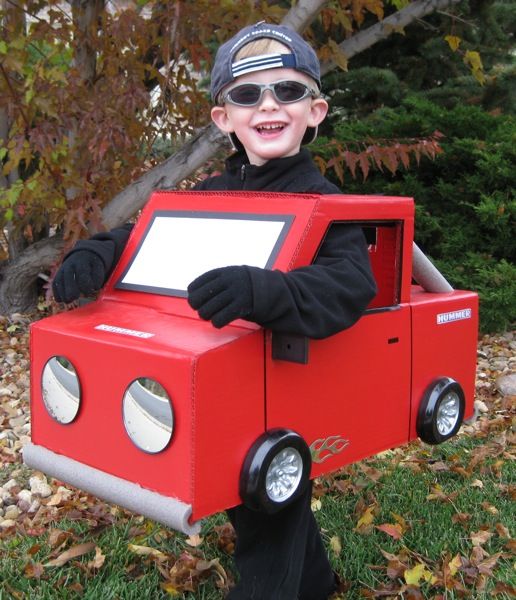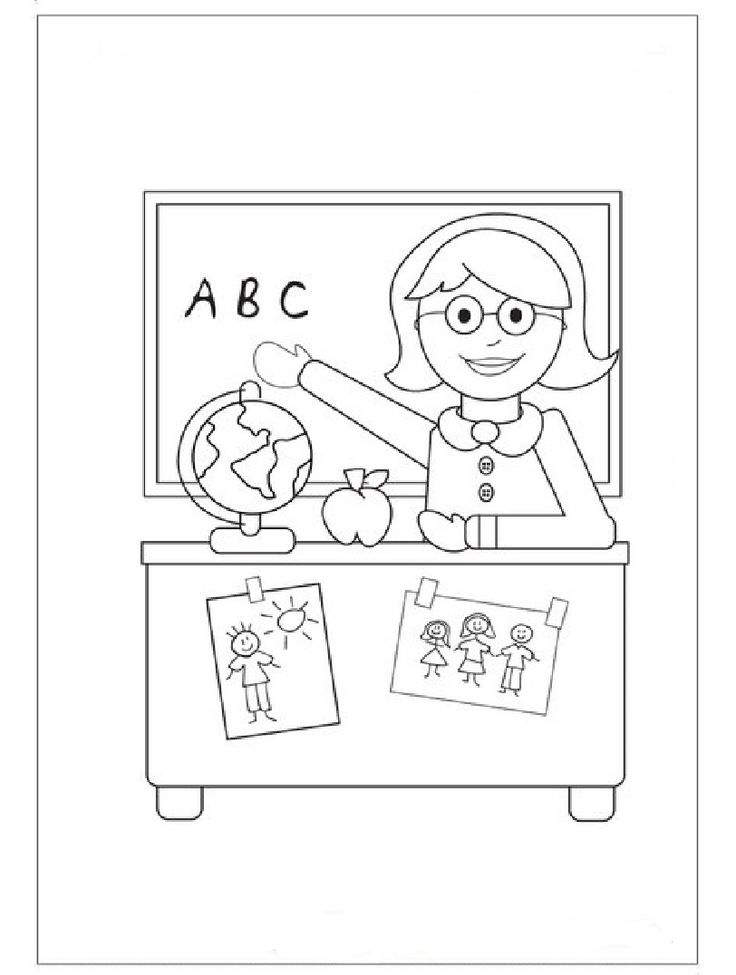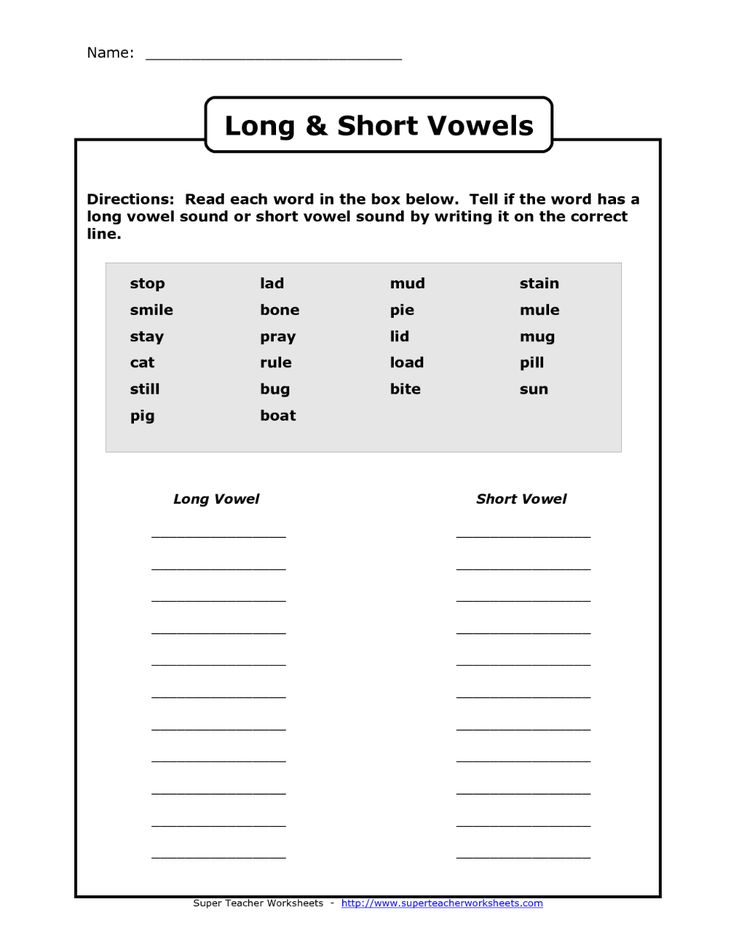Activities with shapes
25 Creative Activities and Ideas For Learning Shapes
Learning shapes is one of the earliest concepts we teach kids. This readies them for geometry in the years ahead, but it’s also an important skill for learning how to write and draw. We’ve rounded up our favorite activities for learning shapes, both 2-D and 3-D. They all work well in the classroom or at home.
1. Start with an anchor chart
Colorful anchor charts like these are terrific reference tools for kids learning shapes. Have kids help you come up with examples for each one.
Learn more: A Spoonful of Learning/Kindergarten Kindergarten
2. Sort items by shape
Collect items from around the classroom or house, then sort them by their shapes. This is a fun way for kids to realize that the world around them is full of circles, squares, triangles, and more.
Learn more: Busy Toddler/Shape-Sorting
3. Snack on some shapes
Everyone loves a learning activity you can eat! Some food items are already the perfect shape; for others, you’ll have to get a little creative.
ADVERTISEMENT
Learn more: Chieu Anh Urban
4. Print with shape blocks
Grab your shape blocks and some washable paint, then stamp shapes to form a design or picture.
Learn more: Pocket of Preschool
5. Go on a shape hunt
These “magnifying glasses” make an adventure of learning shapes! Tip: Laminate them for long-term use.
Learn more: Nurture Store UK
6. Hop along a shape maze
Use sidewalk chalk to lay out a shape maze on the playground or driveway. Choose a shape and hop from one to the next, or call out a different shape for every jump!
Learn more: Creative Family Fun
7. Assemble a truck from shapes
Cut out a variety of shapes (excellent scissors skills practice!), then assemble a series of trucks and other vehicles.
Learn more: Little Family Fun
8.
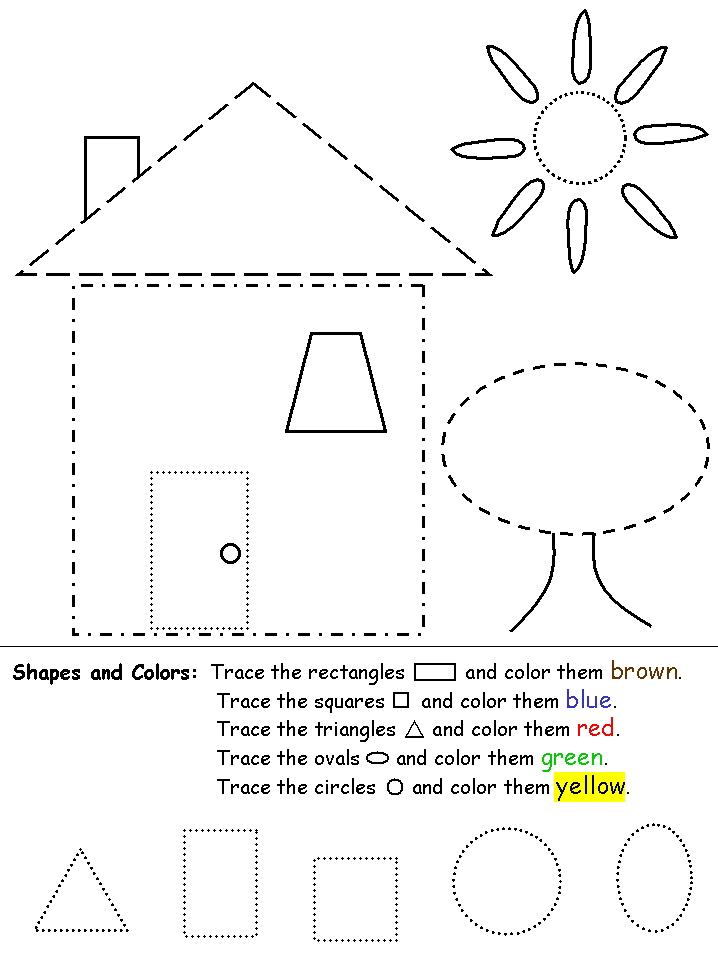 Stretch out shapes on geoboards
Stretch out shapes on geoboards
Teachers and kids love geoboards, and they’re a great tool for learning shapes. Give students example cards to follow, or ask them to figure out the method on their own.
Learn more: Mrs. Jones’ Creation Station
9. Drive on shaped roads
Use these free printable road mats to work on shapes. Bonus: Make your own road shapes from sentence strips!
Learn more: PK Preschool Mom
10. Find shapes in nature
Take your shape hunt outside and look for circles, rectangles, and more in nature. For another fun activity, gather items and use them to make shapes too.
Learn more: Nurture Store UK
11. Put together craft stick shapes
Add Velcro dots to the ends of wood craft sticks for quick and easy math toys. Write the names of each shape on the sticks for a self-correcting center activity.
Learn more: Surviving a Teacher’s Salary
12.
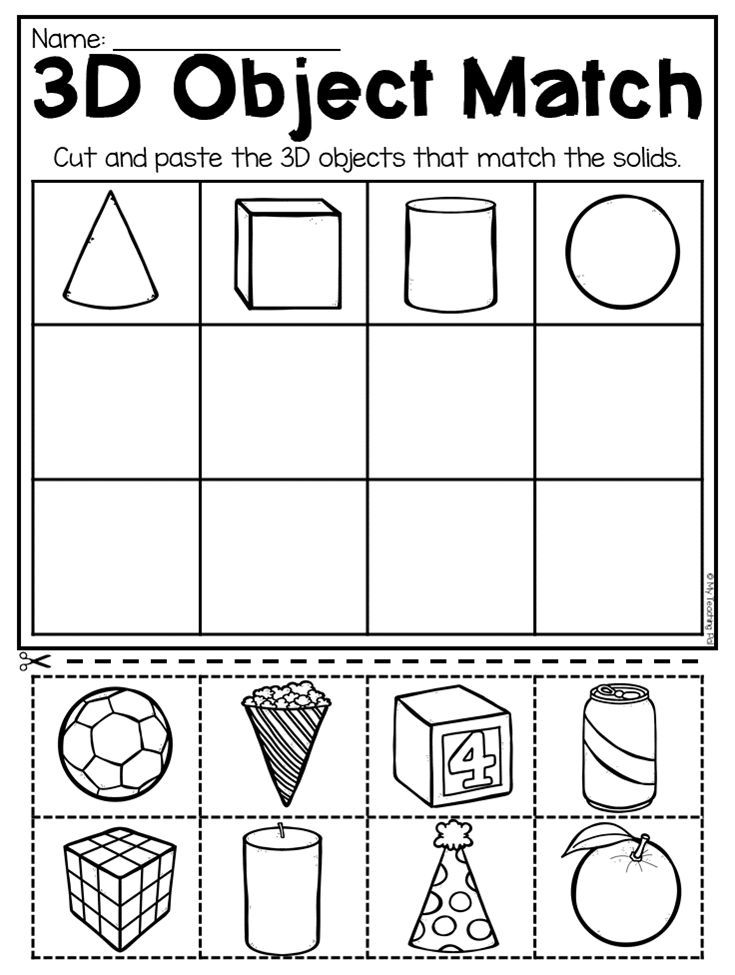 Blow 3-D shape bubbles
Blow 3-D shape bubblesThis is a STEM activity that’s sure to fascinate everyone. Make 3-D shapes from straws and pipe cleaners, then dip them in a bubble solution to create tensile bubbles. So cool!
Learn more: Babble Dabble Do
13. Prep a shape pizza
Cover a paper plate “pizza” with lots of shape toppings, then count the number of each. Simple, but lots of fun and very effective.
Learn more: Mrs. Thompson’s Treasures
14. Construct shapes from toothpicks and Play-Doh
This is an excellent STEM challenge: how many shapes can you make using toothpicks and Play-Doh? Marshmallows work well for this activity too.
Learn more: Childhood 101
15. Outline shapes with stickers
Kids adore stickers, so they’ll enjoy filling in the outlines of the shapes they’re learning. They won’t realize it, but this gives them fine motor skills practice too!
Learn more: Busy Toddler/Sticker Shapes
16.
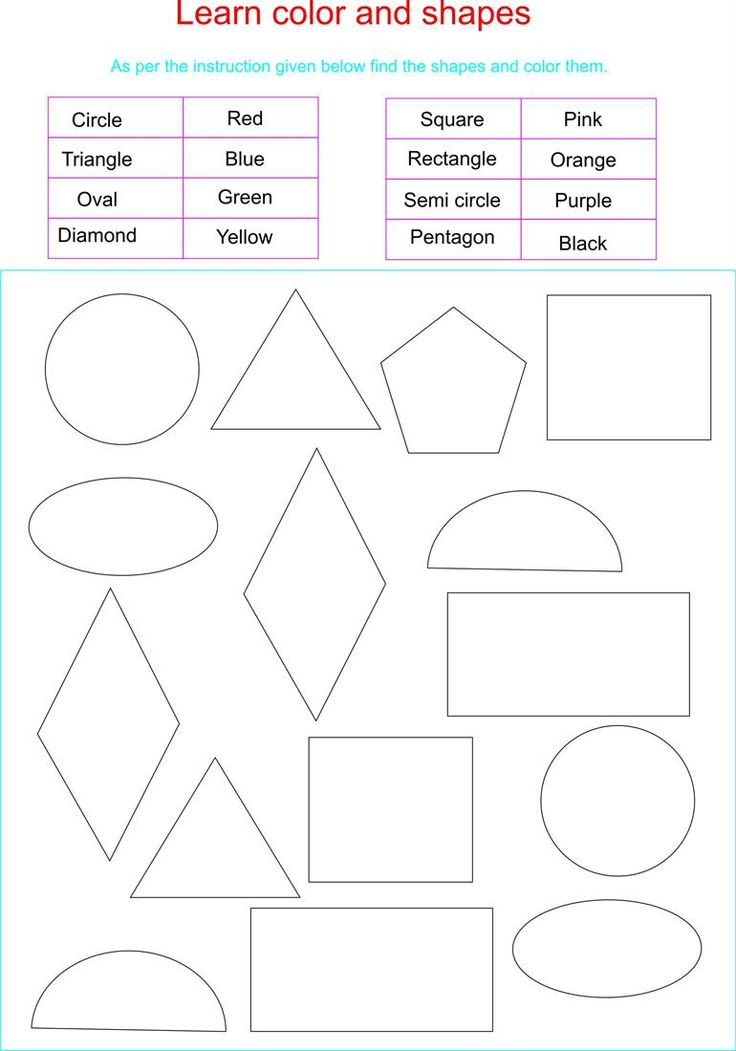 Lace shapes
Lace shapesLacing cards have long been a classic, but we really like this version that uses drinking straws. Just cut them into pieces and glue them along the edges of the cards.
Learn more: Planning Playtime
17. Make shapes with LEGO bricks
LEGO math is always a winner! This activity also makes a good STEM challenge. Can your students figure out how to make a circle from straight-sided blocks?
Learn more: Pocket of Preschool
18. Categorize shapes by their attributes
Work on geometry terms like “sides” and “vertices” when you sort shapes using these attributes. Start by placing shapes into paper bags and asking students questions like, “The shape in this bag has 4 sides. What could it be?”
Learn more: Susan Jones Teaching
19. Count and graph shapes
These free printable worksheets challenge kids to identify shapes, then count and graph them. Lots of math skills, all in one!
Learn more: Playdough to Plato
20.
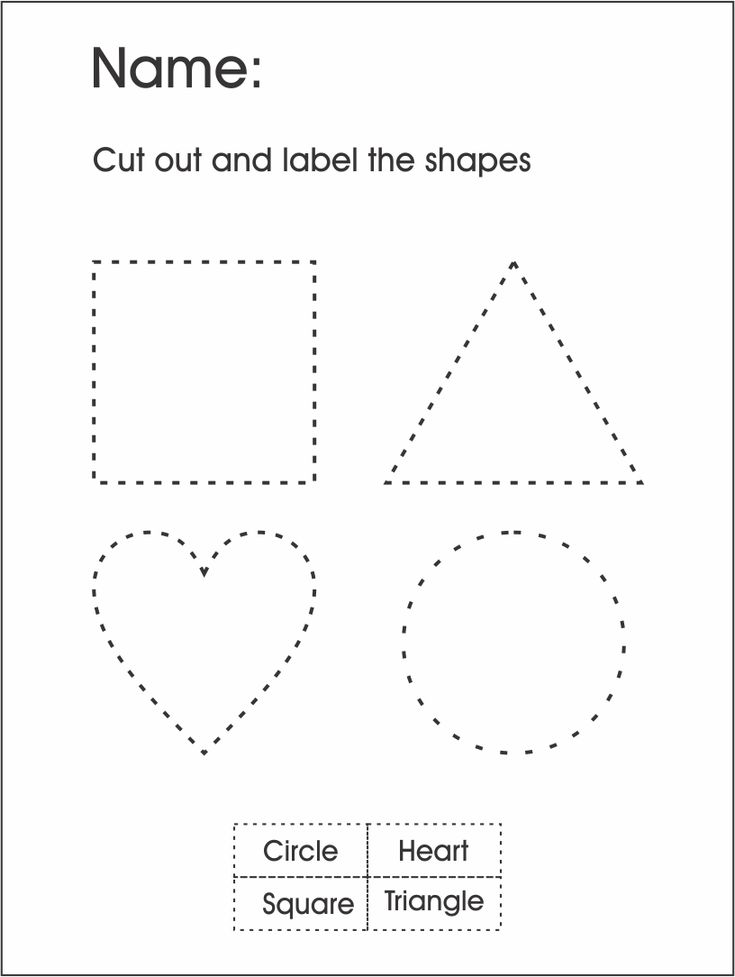 Create a shape monster
Create a shape monsterAdd arms, legs, and faces to create cheery (or scary) shape monsters! These make for a fun classroom display.
Learn more: Fantastic Fun and Learning
21. Sift through rice for shapes
Sure, kids can identify their shapes by sight, but what about by touch? Bury blocks in a bowl of rice or sand, then have kids dig them out and guess the shape without seeing them first.
Learn more: Fun With Mama
22. Craft an ice cream cone
Ice cream cones are made up of several shapes. Encourage kids to see how many different ways they can make a sphere of “ice cream.”
Learn more: Extremely Good Parenting
23. Ask “What does the shape say?”
If you don’t mind the risk of getting that song stuck in your kids’ heads, this is such a neat way to combine writing and math.
Learn more: Around the Kampfire
24. Piece together shape puzzles
Use wood craft sticks to make simple puzzles for kids who are learning their shapes.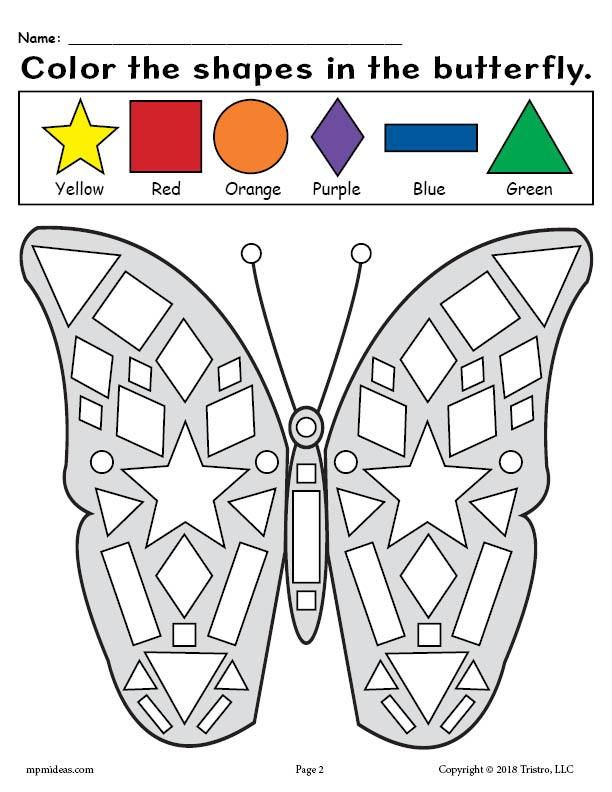 These are inexpensive enough that you can make full sets for each of your students.
These are inexpensive enough that you can make full sets for each of your students.
Learn more: Toddler at Play
25. Feed a shape monster
Turn paper bags into shape-eating monsters, then let kids fill their hungry bellies!
Learn more: Teach Pre-K
From teaching shapes to long division and everything in between, these are the 25 Must-Have Elementary Classroom Math Supplies You Can Count On.
Plus, 22 Active Math Games and Activities For Kids Who Love to Move.
27 Amazing Activities for Learning Shapes
Learning shapes is an early and important teaching concept. This is a terrific way to introduce children to problem-solving skills and pattern recognition. The learning of shapes prepares students for future math courses such as geometry. Check out these 27 amazing ideas for learning shapes!
1. Box of Chocolates
Create your very own box of chocolates with a variety of shapes.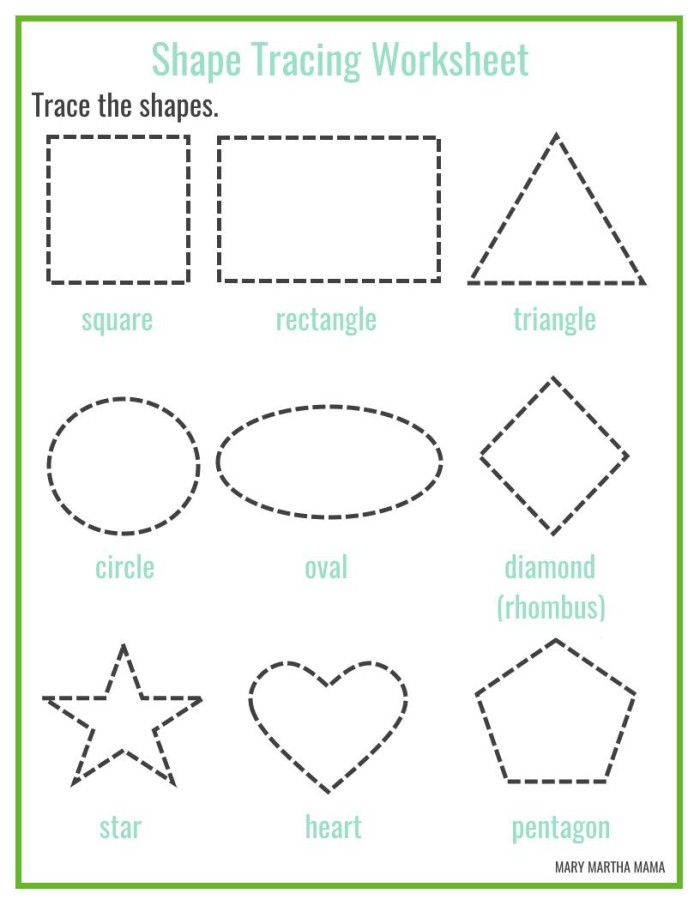 Use a stencil to cut shapes from foam board. Draw basic shapes inside a heart drawing to represent a box of Valentine’s chocolates. Students will match the foam shapes to the drawings. This is a super activity for Valentine’s Day!
Use a stencil to cut shapes from foam board. Draw basic shapes inside a heart drawing to represent a box of Valentine’s chocolates. Students will match the foam shapes to the drawings. This is a super activity for Valentine’s Day!
Learn more: Active Littles
2. Shape Bingo
Shape Bingo is a great idea for 3D shape practice! This fun activity is free and can be used in the classroom with the entire group or for classroom learning centers.
Learn more: 123 Homeschool 4 Me
3. Beanbag Shape Hop and Toss
For this engaging activity, use painter's tape to create outlines of shapes on the floor. Have your children hop from shape to shape. You can have them say the name of the shape once they hop into it. They can also throw beanbags into the shapes for more fun.
Learn more: Learn Play Imagine
4. Edible Shapes: Tic-Tac-Toe Cookies
Kids will absolutely love this shape activity. They will get to help make chocolate chip cookies shaped like X's and O's. Once they finish playing a few rounds of tic-tac-toe, they will have the opportunity to eat the delicious cookies!
They will get to help make chocolate chip cookies shaped like X's and O's. Once they finish playing a few rounds of tic-tac-toe, they will have the opportunity to eat the delicious cookies!
Learn more: The Realistic Mama
5. Shapes Sorting Suncatcher
This is a favorite shape sorter for 2 to 3-year-old children. You will need contact paper, scrapbook paper, and felt or foam shape pieces. You can make or own or purchase them.
Learn more: Happy to Shelf
6. Snowman Shape Matching
Children love building snowmen, so they will have a blast with this free snowman-themed activity! Kids will learn about shapes as they match each snowman's head to its same shaped body.
Learn more: Tot Schooling
7. Shape Art
Cut out several shapes and create a piece of art as a classroom example. Next, give each student a stack of the same shapes and have them create the same masterpiece.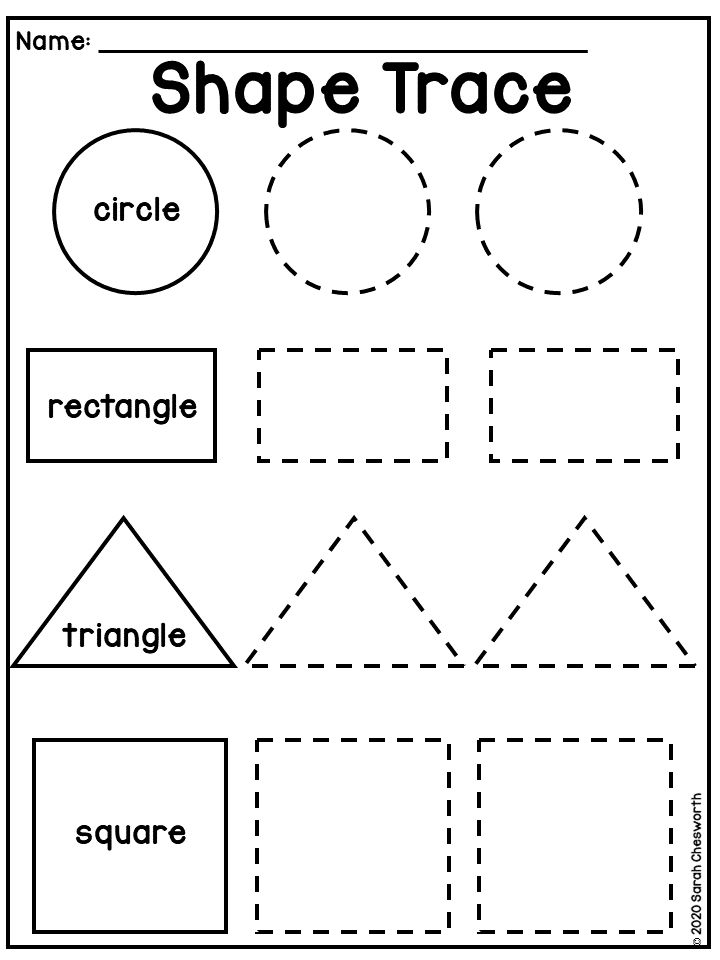 When students have completed their artwork, you will have a fun classroom display!
When students have completed their artwork, you will have a fun classroom display!
Learn more: Raising the Spenglers
8. Marshmallow Geometry
Marshmallow geometry is an engaging and fun activity for teaching children shapes. They will learn the names of 2D shapes as well as their characteristics. All you need is pretzel sticks, miniature marshmallows, markers, and card stock or construction paper.
Learn more: Playdough to Plato
9. 2D Shape Poems
Children love these shape poems! These poems are free and allow students to be introduced to a variety of key shapes. Leave these displayed in your classroom for students to see on a daily basis.
Learn more: Miss Kindergarten
10. Clip Shapes
These free shape printables are a fun activity for shape identification for preschoolers and toddlers. They will learn to be successful at shape-matching while they strengthen their fine motor skills.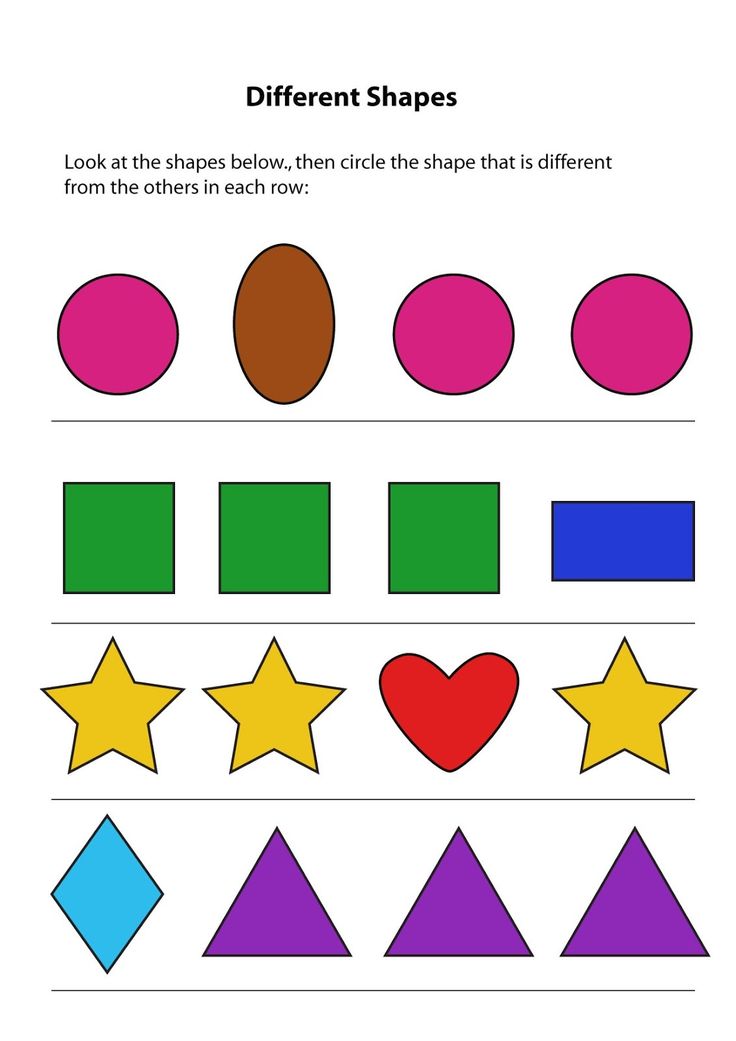
Learn more: Modern Preschool
11. Ice Tray Shape Sorting
Purchase wooden circles, a plastic ice tray, and shape stickers or colored paper cut in shapes. If you use colored paper, you will also need glue to attach the shapes to the wooden circles. Children will place the wooden circles in the correct spot on the tray.
Learn more: Mess for Less
12. Shape Monsters Craft
The shapes monsters craft is so much fun for kids! They will learn about shapes and colors as they create their very own monsters. The only supplies you need are construction paper, glue, and scissors.
Learn more: Live Well Play Together
13. Circle Collage
Teach children about the circle shape. You will need colored paper, scissors, and glue to complete this activity. Have the child cut out a large circle and many small circles. The child will then glue the smaller circles on the larger circle.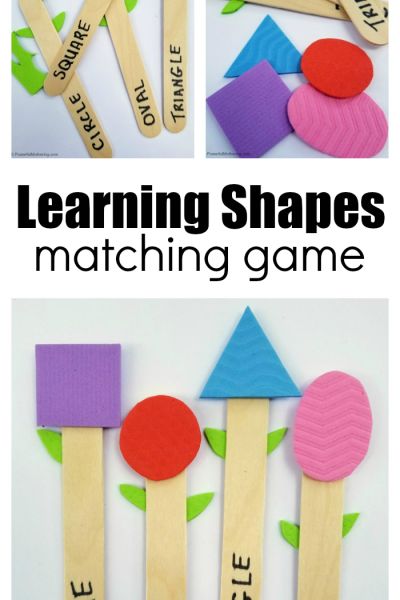
Learn more: Family Education
14. 20 Fun Shape Books
Using stories about shapes is a terrific way to teach kids all about shapes! They can learn about shape names with these books. This resource will help you find the perfect shape book to use with your child today!
Learn more: 123 Homeschool 4 Me
15. Basic Shapes Workbook
Using shape workbooks is a wonderful way to teach your children all about shapes. This workbook is created for preschoolers and offers shape guides, tracing, patterns, matching, activities, and much more. Buy yours today!
Learn more: Libro World
16. DIY Shape Puzzle
This simple shape puzzle is a DIY activity that is so easy to make. Your little one will enjoy playing with it over and over again as they learn all about basic shapes and their characteristics.
Learn more: Laughing Kids Learn
17. Preschool Shape Scavenger Hunt
Preschoolers will love this shape activity, and it is so easy and inexpensive to create.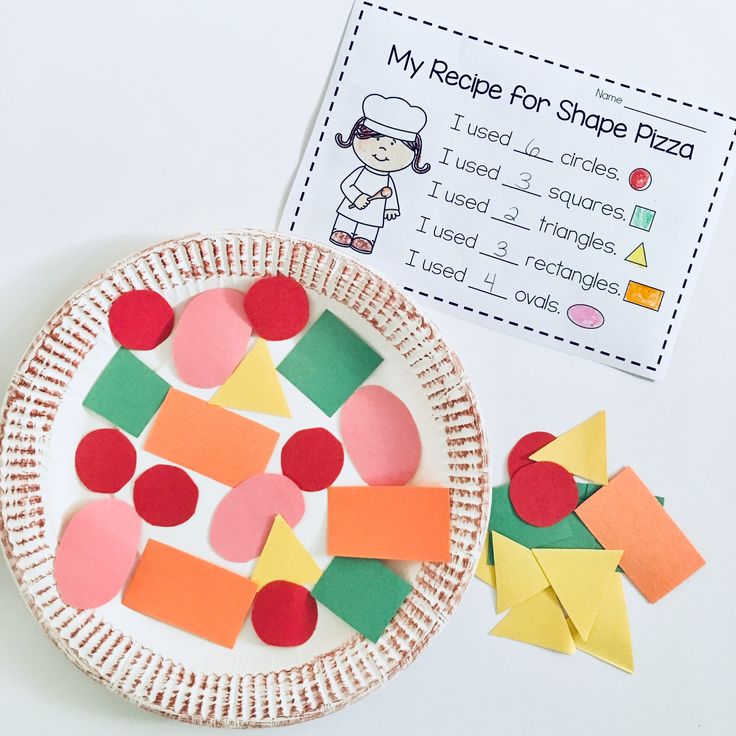 Just draw some shapes on pieces of paper and have your child find real-life objects to match the shapes.
Just draw some shapes on pieces of paper and have your child find real-life objects to match the shapes.
Learn more: Frugal Fun 4 Boys
18. Learn Shapes with Sticks
You and your child can venture out in nature and have your child pick up a few small sticks to create simple craft stick shapes. They will have a blast in nature as well as create these basic shapes.
Learn more: Toddler in Action
19. Shape Sensory Bottles
The little learners will have lots of sensory shape fun with this activity! These sensory bottles are super easy to make, and little ones can twist, flip, or shake the bottles to find the basic shapes. These bottles are perfect for center time or quiet time!
Learn more: Pocket of Preschool
20. Shape Clouds
Little ones will enjoy making clouds out of shapes. This activity is simple to create; all you need is a shape printable, glue, and cotton balls.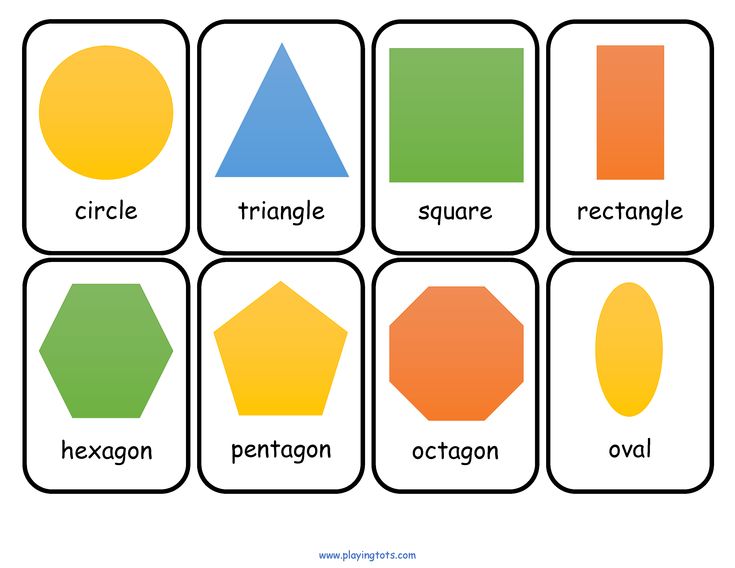 Let your little one create clouds of different shapes and have a blast doing so.
Let your little one create clouds of different shapes and have a blast doing so.
Learn more: Planning Playtime
21. Spaghetti Noodle Shapes
This free resource provides 10 shapes printables that will help your child strengthen motor skills while learning all about shapes. Your child will use cooked spaghetti noodles to outline the shapes. They will have a tremendous amount of fun completing this activity!
Learn more: Schooltime Snippets
22. Bubble Wrap Painting - Learning Shapes
Kids will love this bubble wrap painting activity, and they will learn about shapes. They will have a blast popping the bubbles and painting different shape patterns. Your child will also develop fine motor skills as well as improve hand and eye coordination.
Learn more: Learning 4 Kids
23. Sticky Shape Rainbow Activity
Purchase a large tub of foam sticker shapes, so your child can create a shape rainbow.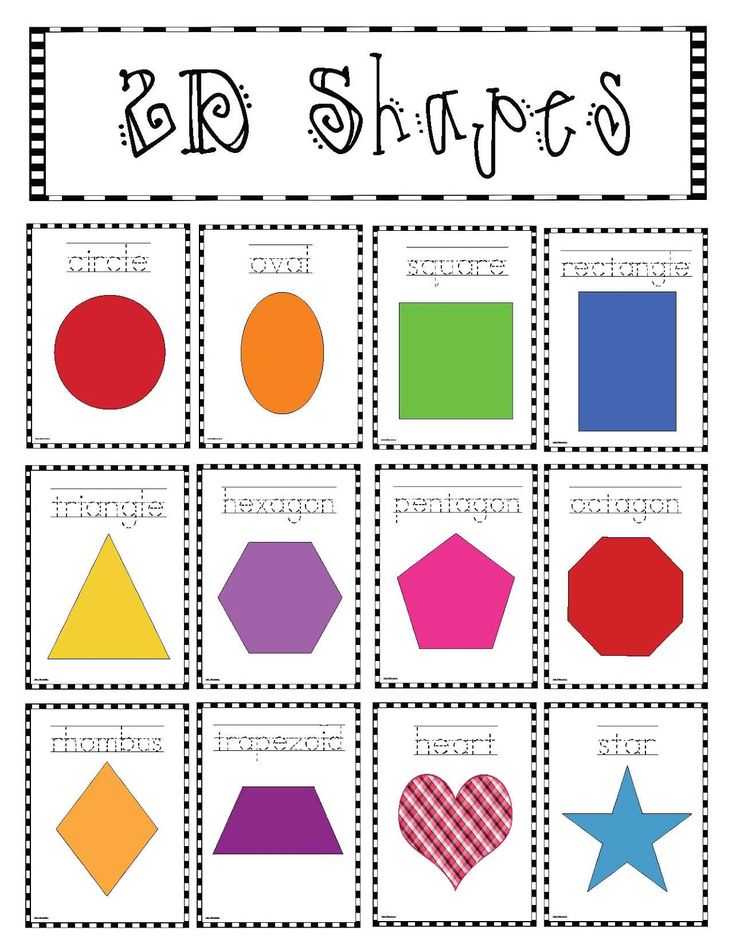 Draw the outline of a rainbow and put one shape of each color in a certain place on the rainbow outline and then allow your child to fill in the rest.
Draw the outline of a rainbow and put one shape of each color in a certain place on the rainbow outline and then allow your child to fill in the rest.
Learn more: Fun Learning for Kids
24. Magazine Shape Hunt and Sort
Are you searching for an engaging activity that will increase your child's fine motor skills and hand-eye coordination? If so, this is the perfect activity. It will also teach your child about shapes and encourage the use of critical thinking skills.
Learn more: Fun Learning for Kids
25. Preschool Pipe Cleaner Shapes Activity
This video will explain the preschool pipe cleaner shapes activity. This fabulous activity is perfect for 2-4-year-old children. It increases fine motor skills as well as hand-eye coordination. Your child will also learn about shapes, colors, and counting.
Learn more: Zaneta The Work At Home Mama
26. Build a Robot
Your child will learn about shapes while creating a cool robot! This engaging activity also develops cognitive skills and fine motor skills.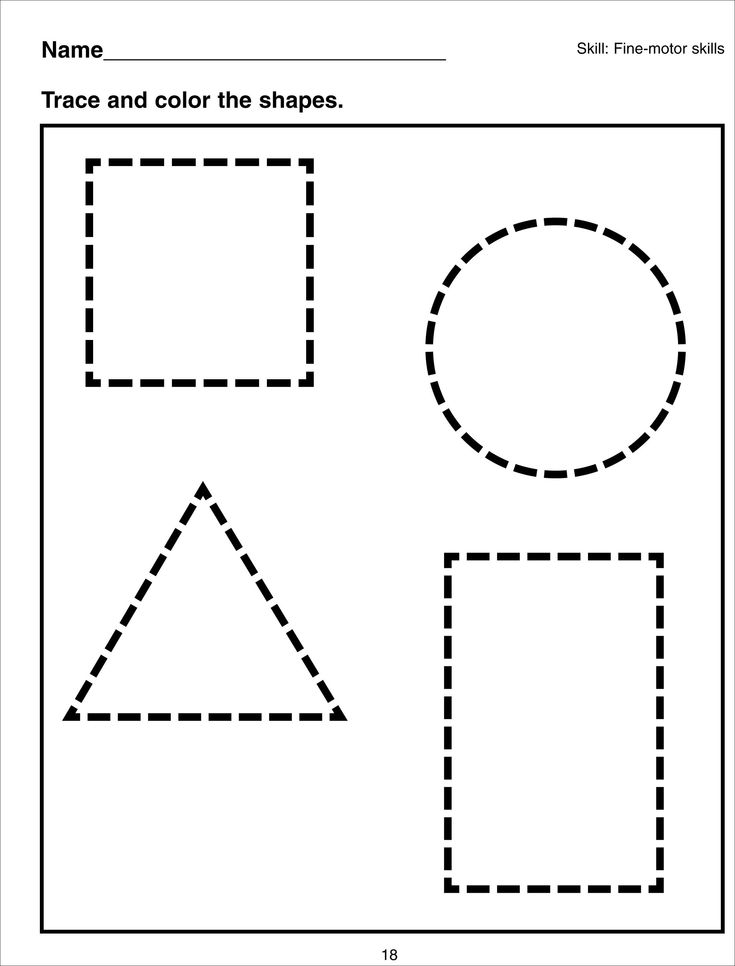 Cut out the shapes and glue the robot together.
Cut out the shapes and glue the robot together.
Learn more: Fun House Toys
27. Magic Disappearing Shapes
Draw a variety of basic shapes on a coffee filter. Name a shape and have your child drip water over the correct shape. The shape will disappear, and you can move to the next shape. This activity is also terrific for fine motor practice!
Learn more: Gift of Curiosity
Learning Geometric Shapes: Games for Preschoolers
One of the important aspects of the development of mathematical concepts in preschoolers is the study of the basics of geometry. In the course of acquaintance with geometric shapes, the child acquires new knowledge about the properties of objects (shape) and develops logical thinking. In this article, we will talk about how to help a preschooler remember geometric shapes, how to properly organize games for teaching geometry, and what materials and aids can be used to develop a child’s mathematical abilities.
At what age can one start learning geometric shapes?
Many parents are wondering if young children need to get acquainted with geometric shapes. Experts believe that it is optimal to start classes in a playful, relaxed form from the age of 1.5. Until this age, it is appropriate to pronounce to the child the names of the shapes of objects that the baby meets in real life (for example, “round plate”, “square table”).
Introducing the child to geometric shapes, be guided by his reaction. If your baby started to show interest in them at an early age (by playing with the sorter or looking at pictures), encourage his curiosity.
At the age of 2, the baby should be able to distinguish between:
- Circle;
- Square;
- Triangle.
By the age of 3 you can add:
- Oval;
- Rhombus;
- Rectangle.
At an older age, a child can memorize such shapes as a trapezoid, a pentagon, a hexagon, a star, a semicircle.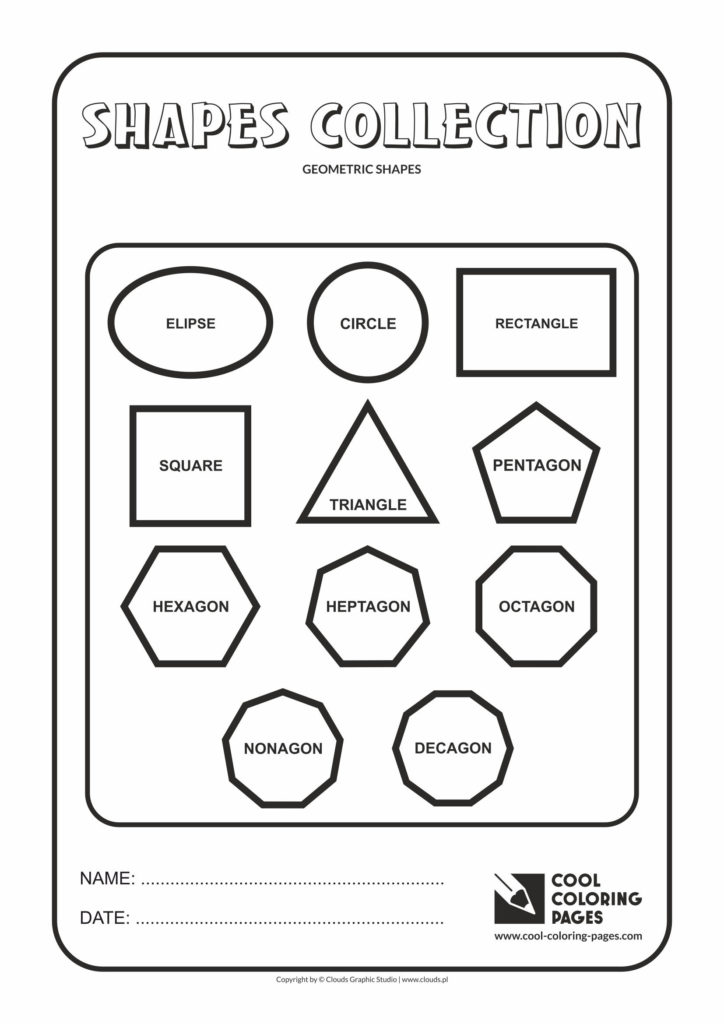 Also, children visiting the Constellation Montessori Center get acquainted with geometric bodies with interest.
Also, children visiting the Constellation Montessori Center get acquainted with geometric bodies with interest.
How can I help my child remember geometric shapes?
Teaching a child geometric shapes should take place in stages. You need to start new figures only after the baby remembers the previous ones. The circle is the simplest shape. Show your child round objects, feel them, let the baby run his finger over them. You can also make an application from circles, mold a circle from plasticine. The more sensations associated with the concept being studied, the child receives, the better the baby will remember it.
Three-dimensional figures can be used to get acquainted with the forms. It can be made by a designer, a sorter, lacing, frame inserts. Since at an early age the visual-effective type of thinking is most developed, various actions with figures will help to remember them better.
How children of different ages perceive geometric figures
The operations that a child can perform with geometric figures and how he perceives shapes depend on the age of the baby.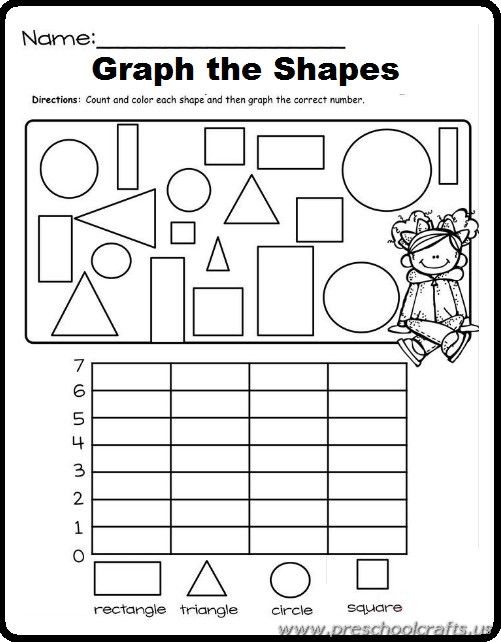 In accordance with age characteristics, the following stages of training can be distinguished:
In accordance with age characteristics, the following stages of training can be distinguished:
- In the second year of life, the baby is able to visually recognize familiar figures and sort objects according to shape.
- At 2 years old, a child can find the desired shape among a number of other geometric shapes.
- By the age of 3, babies can name shapes.
- At the age of 4, a child is able to correlate three-dimensional figures with a flat image.
- At senior preschool age (and sometimes even earlier) you can start studying geometric bodies (ball, cube, pyramid). Also at this age, the child can analyze complex pictures consisting of many shapes.
Regardless of the child's age, try to pay attention to the shapes of the surrounding objects and compare them with known geometric shapes. This can be done at home and on the go.
Games for learning geometric shapes
For a child to be interested, learning geometric shapes should take place in a playful way.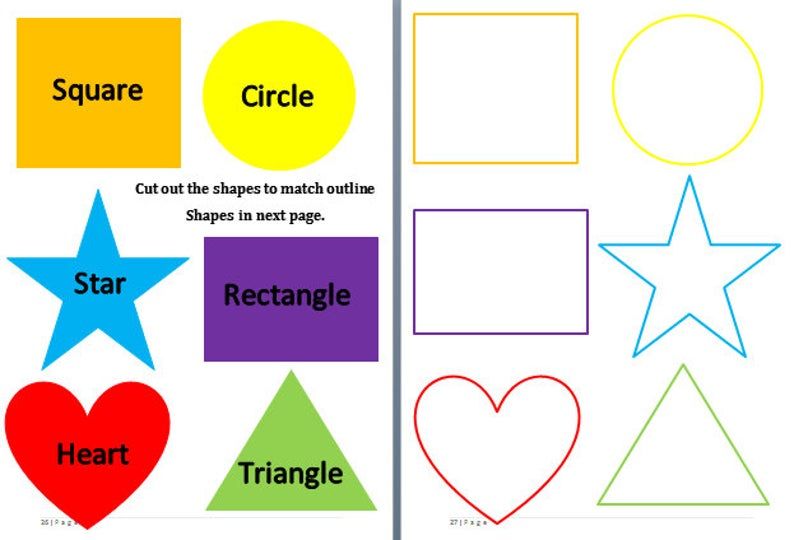 You should also select bright and colorful materials for classes (you can buy them in a store or do it yourself). Here are some examples of games and tutorials for learning geometric shapes:
You should also select bright and colorful materials for classes (you can buy them in a store or do it yourself). Here are some examples of games and tutorials for learning geometric shapes:
- Sorting. Games with a sorter can be started from the age of 1. Invite the child to find its window for the figure. So the child will not only memorize geometric shapes, but also develop fine motor skills, thinking and spatial representations, because in order for the part to fall into the hole, you need to turn it at the right angle. You can also sort any other items, such as building blocks, Gyenesch blocks, or counting material.
- Insert frames. In fact, this manual is similar to a sorter. For each geometric figure, you need to find its place.
- Geometric lotto. To play, you will need a field with the image of geometric shapes and handout cards with each figure separately. A child can take small cards out of a chest or bag, and then look for their place on the playing field.
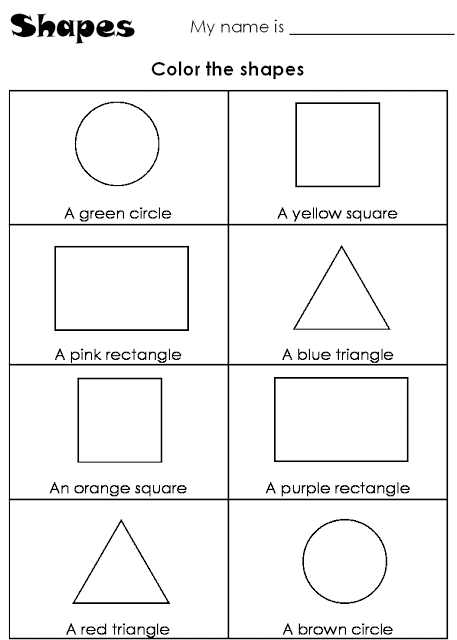 This game also perfectly trains the attention of the baby.
This game also perfectly trains the attention of the baby. - Geometric appliqué. Cut out various geometric shapes from paper and, together with your child, make a picture out of them (for example, you can make a Christmas tree from triangles, a house from a square and a triangle).
- Drawing (including stencils).
- Modeling.
- Laying out figures from counting sticks.
- Geometric mosaic.
- Laces with geometric shapes.
- Card games.
- Guess by touch.
- Active games. Draw geometric shapes on the pavement with chalk. Ask the child to imagine that the figures are houses that you need to run into on a signal. Next, you name a geometric figure, and the child runs to it.
In addition, educational cartoons can be used to study geometric shapes. Here is one of them:
Conclusions
Learning the basics of geometry at preschool age is an important part of developing a child's mathematical and sensory representations. Acquaintance with the figures should occur gradually (first, simple figures - a circle, a square, a triangle). To keep your child interested, study geometric shapes in a playful way. Your assistants in this can be such educational aids as insert frames, mosaics, lotto, sorters, sets of geometric shapes and bodies, stencils. You can also study geometric shapes on the street: just talk to your child about what you see around and what shapes these objects look like. Then the kid will definitely learn to distinguish geometric shapes and remember their names.
Conclusion
Montessori environment has been specially created for the comprehensive and harmonious development of each child in the children's center "Constellation". In the process of free work in it, children not only get acquainted with the basics of geometry, but also develop their cognitive processes, fine motor skills, learn to write, read, and count.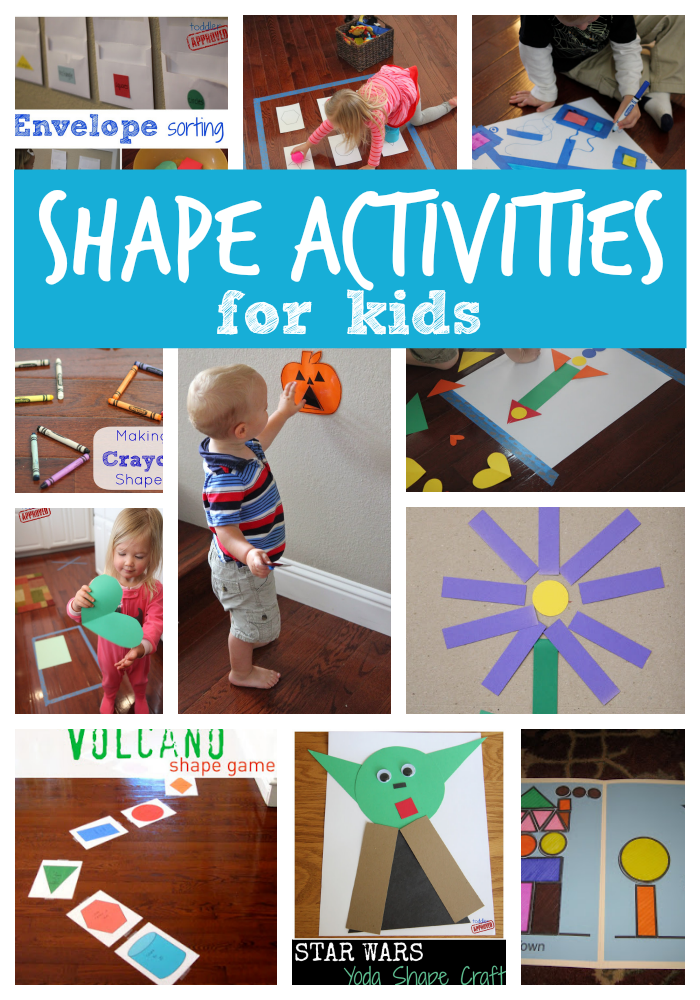 In addition, the Montessori environment gives the child the opportunity to fully demonstrate independence and responsibility. We will be glad to see you and your baby at our center!
In addition, the Montessori environment gives the child the opportunity to fully demonstrate independence and responsibility. We will be glad to see you and your baby at our center!
Prepared by a Montessori teacher
Malysheva Evgenia
Methods of forming ideas about the shape of objects in different age groups.
The formation of representations of volumetric geometric figures in preschoolers
F.I.O.:
Travna Svetlana
Place of work:
MBDOU TsRR - D/s No. 77 "Golden Fish" of the city of Stavropol
Position:
Educator
Formation of preschool children's ideas about three-dimensional geometric figures
Annotation:
This article analyzes the psychological and pedagogical literature on the problem of formation of ideas about three-dimensional geometric figures in preschool children. The program of distance learning is considered, which describes the age-related features of the study of geometric shapes.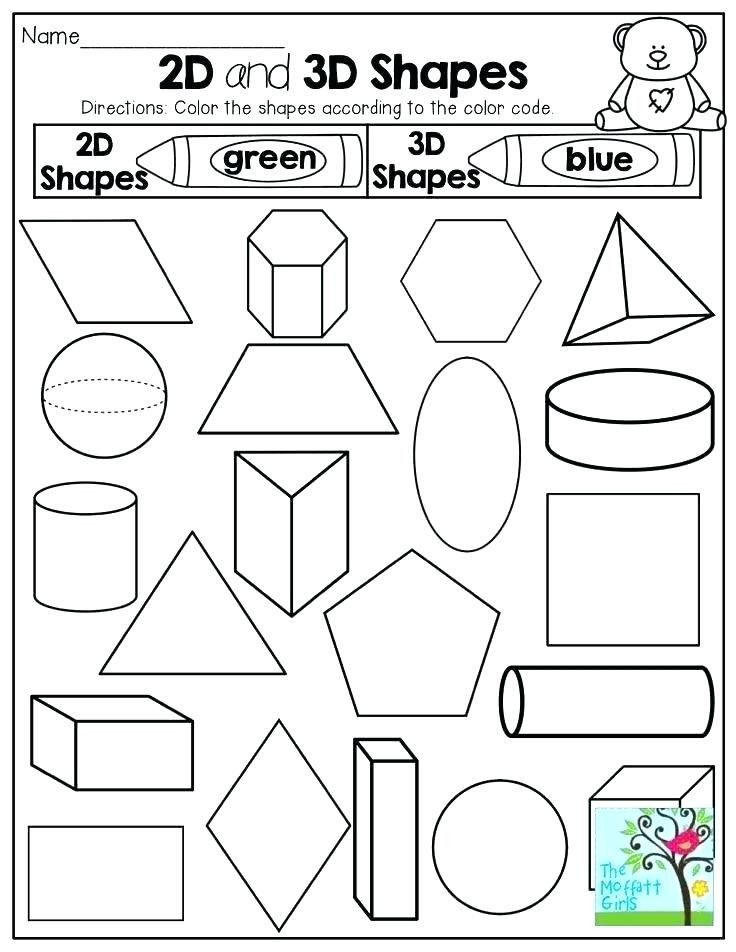
Key words:
preschool education, preschool children, geometric figures, interaction with three-dimensional geometric figures.
In the modern world, the problem of the formation of ideas about three-dimensional geometric figures in preschool children is relevant, because. it plays a significant role in children's representations of mathematics.
According to scientific researchers such as A.M. Leushina, A.A. Joiner, L.A. Paramonov and others, it is necessary to initially introduce children to geometric shapes and their various properties from a young age. Also, these authors have developed a number of techniques with which it is much easier for children to get acquainted with three-dimensional geometric shapes [4; 5; 7].
According to A.M. Leushina and T.S. Budko is the psychological development of preschool children, since the acquired knowledge and abilities of children are considered a good start in mastering mathematics and for the successful entry of a child into school [2; 7].
Consider the requirements of programs for the age characteristics of preschool children in the formation of three-dimensional figures:
with the general specifics of geometric shapes. In the middle group, they move on to mastering volumetric geometric shapes, such as a ball, cube, cylinder (preschoolers touch objects, pick them up, look and learn them). In the older group, they learn about the features of three-dimensional geometric shapes, GCD is carried out on the formation of mathematical representations. And finally, in the preparatory group for school, children try to model three-dimensional geometric shapes and consolidate their previously acquired knowledge [6].
2. Program "Childhood". In this program, there is a section that is referred to as "First Steps in Mathematics", training in this program takes place with children starting from 4 years old, at this stage, children develop ideas about three-dimensional geometric shapes, such as a cube and a ball, they study them form, contour, surface, these figures are examined by hand and examined.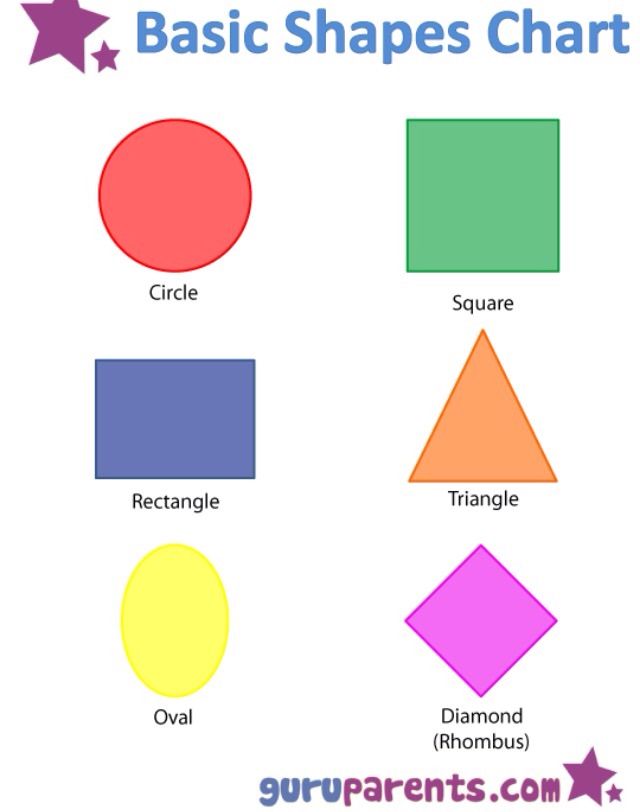 Already in the middle group, the guys begin to consolidate their ideas about three-dimensional figures and bodies, about their number and shape - this is a cube, a cylinder, a ball. At this age, training on FEMP is more widely directed. In the preparatory group, children repeat and reinforce the material that they learned at earlier stages of development [6].
Already in the middle group, the guys begin to consolidate their ideas about three-dimensional figures and bodies, about their number and shape - this is a cube, a cylinder, a ball. At this age, training on FEMP is more widely directed. In the preparatory group, children repeat and reinforce the material that they learned at earlier stages of development [6].
Consultation for teachers "Formation of geometric representations in children of preschool age"
Lyubov Safina
Consultation for teachers "Formation of geometric representations in children of preschool age"
Formation of geometric representations in children of preschool age is of great importance 901 for sensory and mental development children .
Sensory development (sensation and perception)
The source of elementary mathematical representations
is the surrounding reality, which the child learns in the process of various activities, in communication with adults and under their teaching guidance.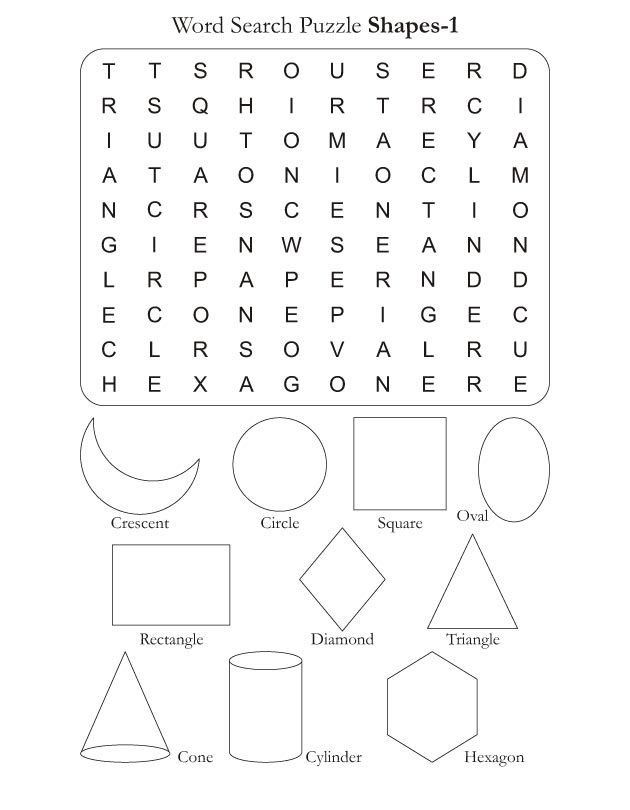 At the heart of young children's cognition of qualitative and quantitative signs of objects and phenomena are sensory processes (movement of the eyes tracing the shape and size of an object , palpation with hands, etc.). In the process of various perceptual and productive activities, children begin to form ideas about the world around them: about various features and properties of objects - color , shape , size, their spatial arrangement, quantity. Sensory experience is gradually accumulated, which is the sensory basis for mathematical development. When forming elementary mathematical representations in a preschooler , we rely on various analyzers (tactile, visual, auditory, kinesthetic)
At the heart of young children's cognition of qualitative and quantitative signs of objects and phenomena are sensory processes (movement of the eyes tracing the shape and size of an object , palpation with hands, etc.). In the process of various perceptual and productive activities, children begin to form ideas about the world around them: about various features and properties of objects - color , shape , size, their spatial arrangement, quantity. Sensory experience is gradually accumulated, which is the sensory basis for mathematical development. When forming elementary mathematical representations in a preschooler , we rely on various analyzers (tactile, visual, auditory, kinesthetic)
and develop them at the same time. The development of perception proceeds through the improvement of perceptual actions
(examination, feeling, listening, etc.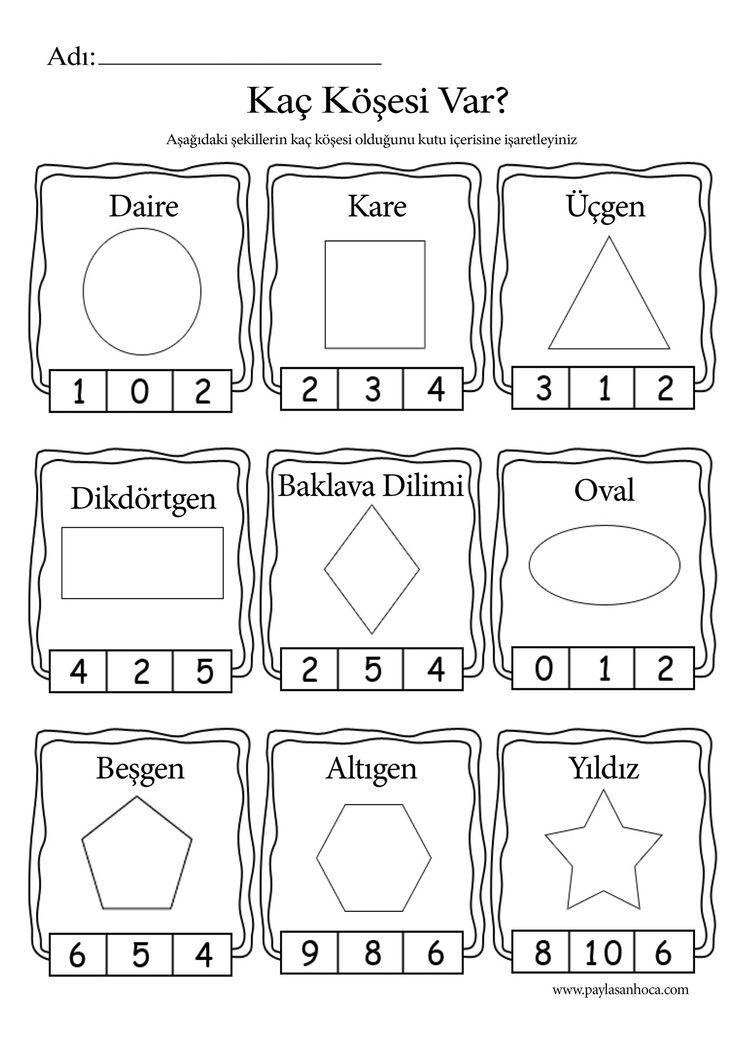 )
)
and the assimilation of systems of sensory standards developed by mankind
( geometric figures , measures of quantities, etc.)
.
Thinking is a process of conscious reflection of reality in representations and judgments .
Logical operations.
Analysis (decomposition of the whole into its constituent parts)
— Of what
geometrical figures is the machine composed?
Synthesis (knowledge of the whole in the unity and interconnection of its parts)
- Make a house out of
geometric shapes
Comparison (comparison to establish similarities and differences)
- How are these objects
9017 9017 similar? ( form )
- What is the difference between these
items ? (size)
Specification (clarification)
— What do you know about the triangle?
Generalization (expressing the main results in general position)
— How can one name a square, a rectangle and a rhombus in one word? Systematization
(arrangement in in a certain order )
Place nesting dolls according to their height.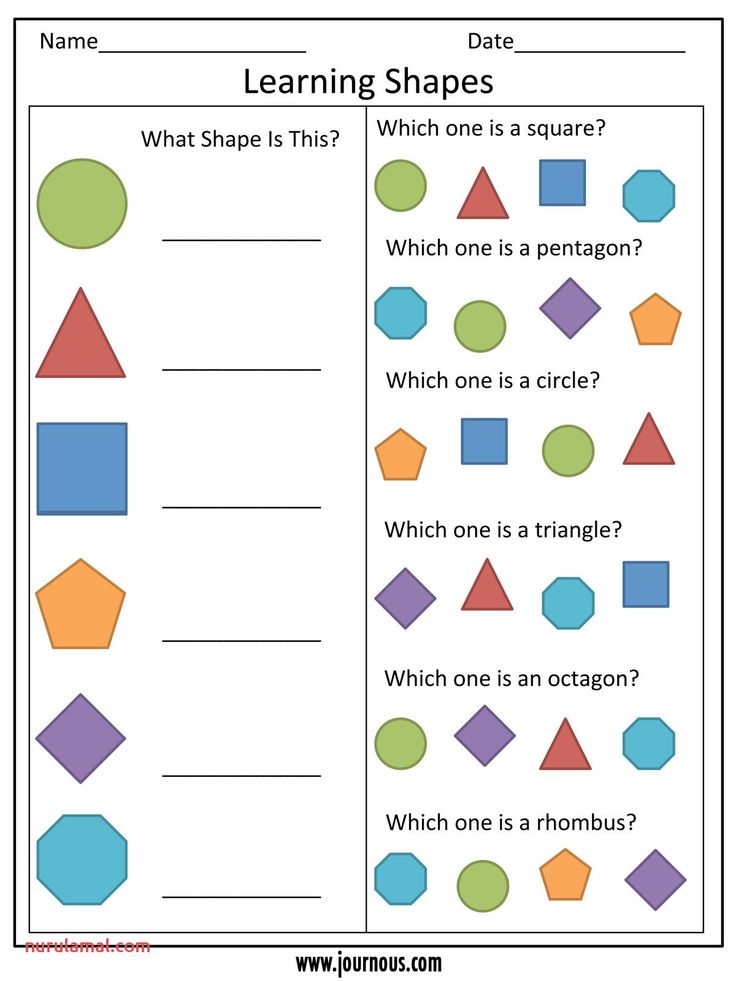
Classification ( distribution of objects into groups depending on their common features) - Divide the figures into two groups. - On what basis did you do it?
Abstraction (distraction from a number of properties and relationships)
- Show
round objects .
The development of perception is a complex process, which includes, as the main points, the assimilation by children of the "sensor standards" developed by society
and the mastery of methods of examination
objects . Term-min "sensor standards"
was proposed by A
. V. Zaporozhets.
Sensory standards are generally accepted patterns of every kind of property and relationship items . So, in the area , the shapes are geometric shapes .
Entertaining games and exercises with geometric content are of great benefit in working with children.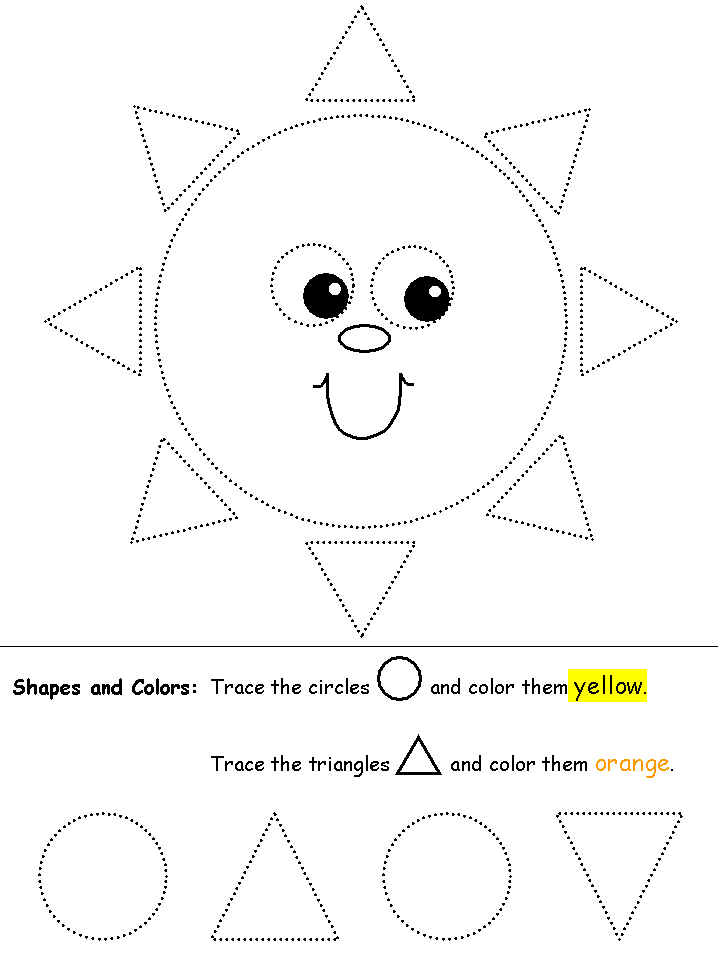 They develop interest in mathematical knowledge, contribute to the formation of mental abilities of preschool children .
They develop interest in mathematical knowledge, contribute to the formation of mental abilities of preschool children .
The formation of ideas about geometric shapes at preschool age is one of the most difficult tasks in the intellectual development of a child.
In the methodological manuals for teachers , it is said that the introduction of elements of geometry into the course of preschool education is propaedeutic in nature - introductory. Geometric material is studied at the level of knowledge - acquaintance. No rules and definitions are memorized with preschoolers , children practically distinguish geometric figures , compare them, depict them on paper.
Geometric material in the program of preschool education is not allocated to an independent section, it is included in the program of each year of study. The study of geometric figures takes place in close connection with other educational subjects : this is drawing and the initial elements of drawing, work and acquaintance with the outside world.
The study of geometric figures takes place in close connection with other educational subjects : this is drawing and the initial elements of drawing, work and acquaintance with the outside world.
For a child, as well as for an adult, geometric figures are standards, using which he determines the shape of objects and their parts .
Early age : grasping objects and manipulating them.
Second year of life: examination of the object (directed actions)
. The third-fourth years of life:
palpation with the palm of the hand , the gaze falls on the center of the object (motor form used for examination ) .
Fifth-sixth years of life: feel an object with both hands .
By the age of seven: follow the entire contour of the figure with the fingertips, examine the contour of the object with the eyes .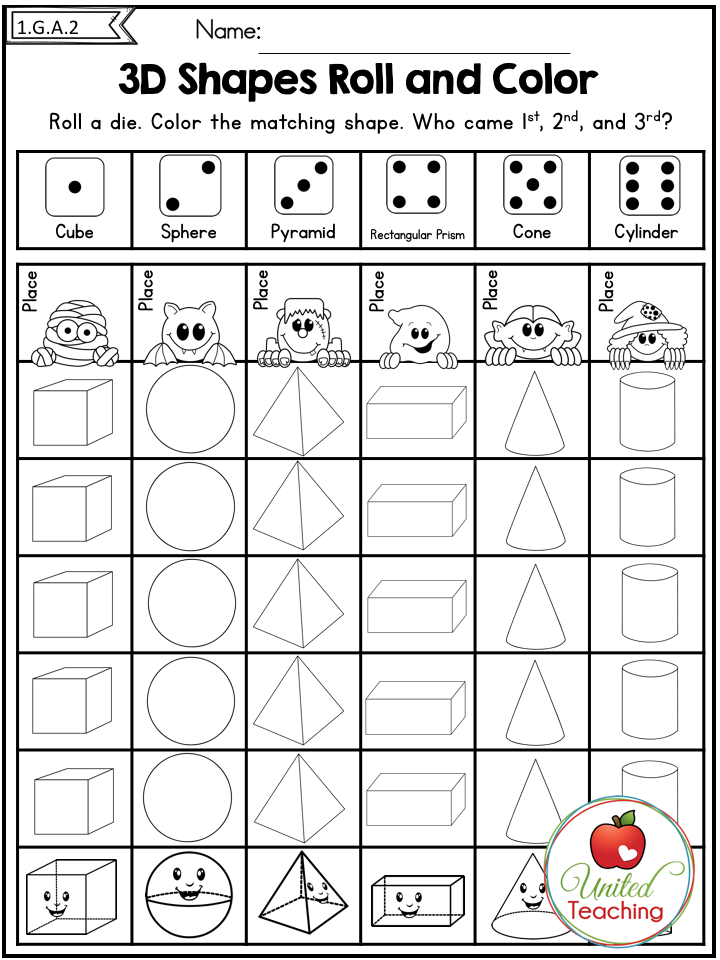
For children the development of tactile sensations is very important! Hands, palms , fingers of a child are very important parts of his body, which are responsible for the development of mental activity. At the moment a child touches a different surface, many processes take place in his brain that allow him to identify the object he touched.
Tactile sensations are one of forms of communication between a child of an early age and the outside world .
The functioning of the areas of the cerebral cortex responsible for speech depends on the development of finger movements. Stimulation of tactile senses also has a positive effect on coordination, attention, thinking, imagination, visual and motor memory.
Thus, the work on the development of tactile sensations and fine motor skills of the hands has a beneficial effect on the development of all aspects of the child's psyche, including the development of speech.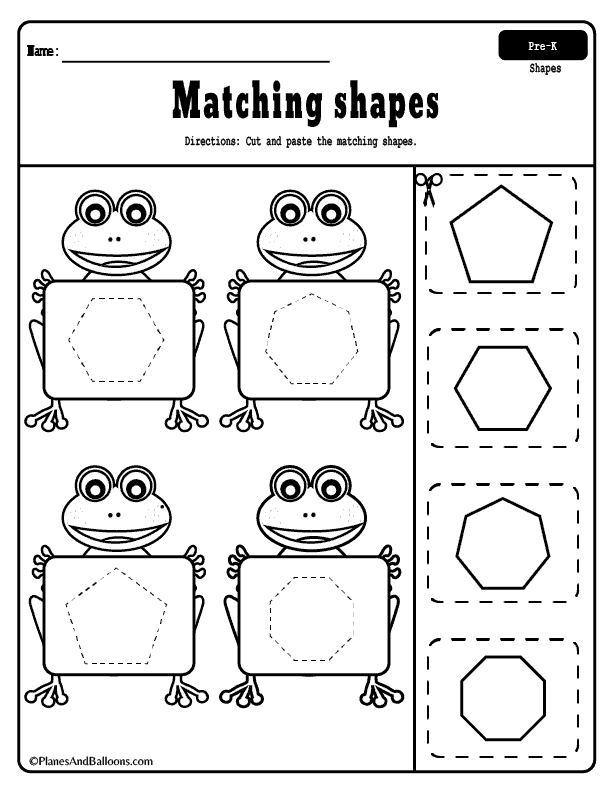
Sensory development is the development of perception of signs of objects of the surrounding world with the help of different sense organs.
Perception - reception of sensory (sensory)
stimuli and their processing in the higher parts of the brain.
The development of sensory perception directly depends on the perceptual abilities of the child. The necessary conditions for their development are the optimal activity of the brain, analyzer channels that carry out perceptual processes and sufficient sensory stimulation, starting from the early stages of a child's life. Delays in the development of perceptual abilities are explained by damage and immaturity of the brain in early age , sensory disorders (impaired vision and hearing, impaired cognitive processes, epilepsy, disorders of cerebral function.
For the formation of polysensory perception, the development of sensory perception is of great importance the development of groping movements of the hands, simultaneously with visual fixation of an object .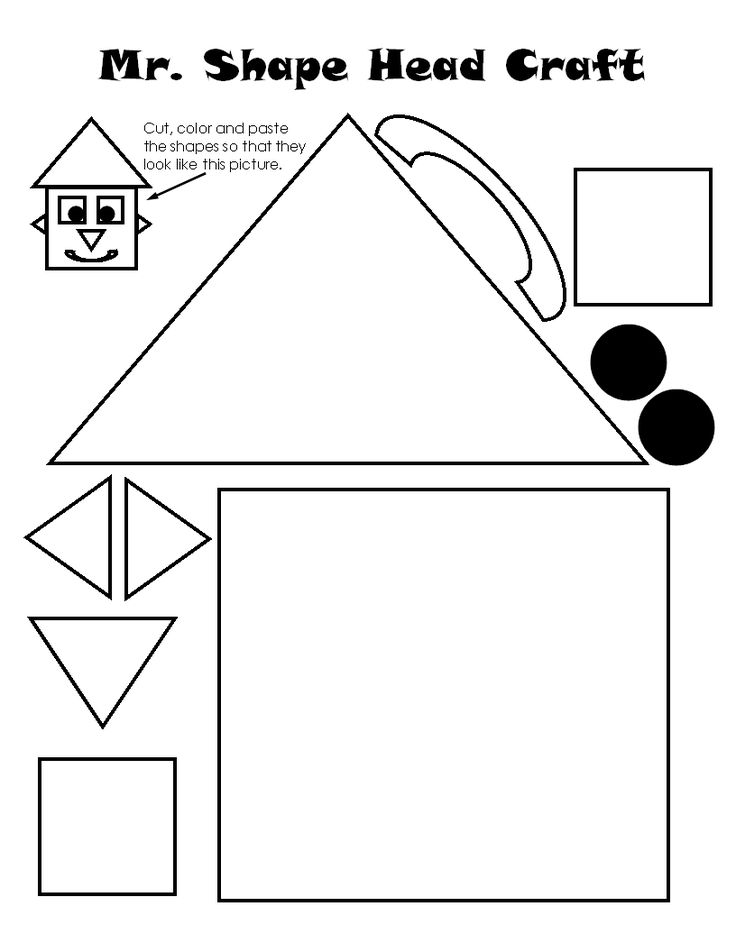 holding an object in the hand or , on the contrary, releasing an object from the hands indicates a lag in sensorimotor and perceptual development . In order to stimulate the development of these skills, the child is put into the hand of various shape , size, gravity and texture objects , and draw attention to the object under study, forming the ability to navigate in the objective world through various manipulations with objects. Items , toys are selected according to the psychomotor abilities of the child.
holding an object in the hand or , on the contrary, releasing an object from the hands indicates a lag in sensorimotor and perceptual development . In order to stimulate the development of these skills, the child is put into the hand of various shape , size, gravity and texture objects , and draw attention to the object under study, forming the ability to navigate in the objective world through various manipulations with objects. Items , toys are selected according to the psychomotor abilities of the child.
Sensory-perceptual processes develop intensively in a child aged from 3 to 7 years , acquiring qualitatively new properties. Perception acquires a purposeful, organized, arbitrary character, in a child is formed perceptual activity. Its main element is exploratory actions, which originate at an early age , and in preschoolers acquire a consistent and indirect character, are carried out with the help of special means - sensory standards.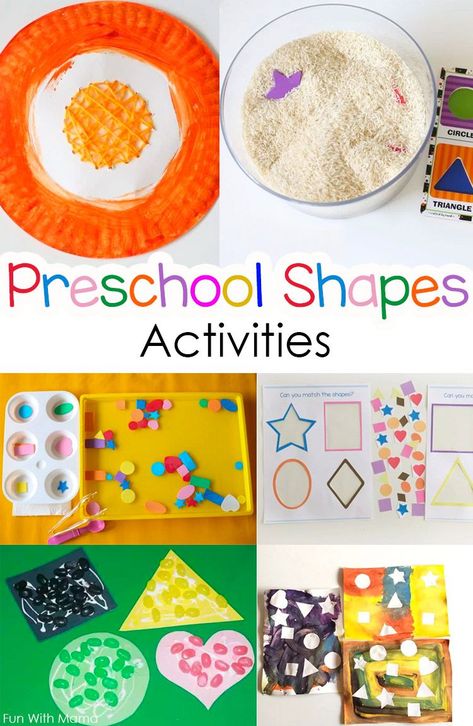
In elementary preschool age . The sequence of studying geometric shapes : 1. Visual recognition and naming. 2. Examination by tactile-motor way. 3. Mutual overlap. 4. Selecting some elements (sides, corners)
and properties. 5. Verbal description. 6. Various activities with figures.
After the children learn to isolate the sign of the form , remember the names of geometric shapes , learn to examine them in a tactile-motor way, group shapes of different colors and sizes according to shape , lay out serial rows in size from geometric shapes , we begin to study the features and properties of geometric shapes .
Acquaintance with three-dimensional forms and models of three-dimensional geometric figures (cube, ball, cylinder, etc.)
occurs in the process of playing with building and other materials in even younger groups: — Look.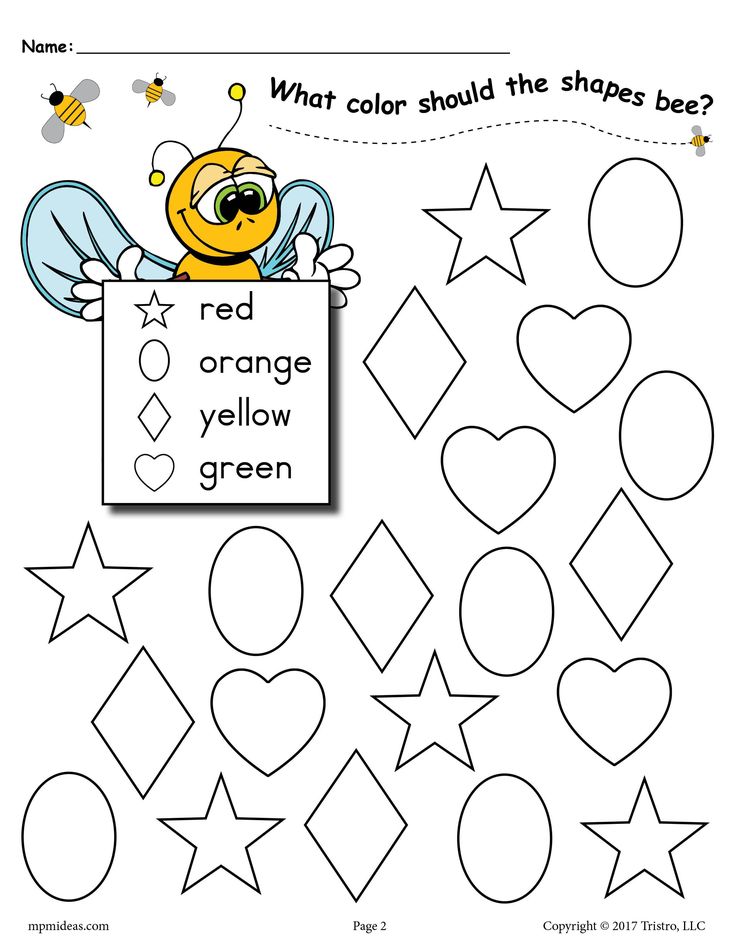 - Take it. - Touch it. - Name it. - Show me. - Act. - Give me the same one. - Give me what I call. Children distinguish
- Take it. - Touch it. - Name it. - Show me. - Act. - Give me the same one. - Give me what I call. Children distinguish
objects in the form , but the models are treated like toys. The teacher can introduce children with the correct terms, teach them to name and examine models in a tactile-motor way (pat, ride, build, etc.)
. visual material. Models of three-dimensional
geometric figures : (demonstration and handouts)
: cube, sphere, cylinder, cone, pyramid, prism, parallelepiped. Construction material,
constructors "Lego"
, all kinds of liners like the Seguin board. Volumetric
objects with a pronounced shape : ball - ball, orange; cube - cube, box; cylinder - can, glass; cone - cap; pyramid - an old-style package of milk; prism - pencil case; parallelepiped - soap, etc. In the middle group, we introduce volumetric geometric figures based on comparing them with each other and comparing them with flat figures. Teaching sequence: 1) viewing and naming; 2) tactile-motor examination and verbal description of the figure; 3) various actions with models (roll, set, etc.)
Teaching sequence: 1) viewing and naming; 2) tactile-motor examination and verbal description of the figure; 3) various actions with models (roll, set, etc.)
to identify essential properties; 4) exercise in grouping, laying out serial rows.
Only after mastering three-dimensional models we offer pictures with their image, we teach to recognize three-dimensional shapes in drawings
In each age group the method of acquaintance with geometric figures has its own peculiarities. When analyzing the content of the work under section " Form "
in the exemplary basic general education program
preschool education "From birth to school"
ed. Veraksa N.E., it is possible to trace how the didactic principle of gradual complication of the content of education is carried out in different
age groups .
In early age groups , in various activities, children enrich their sensory experience.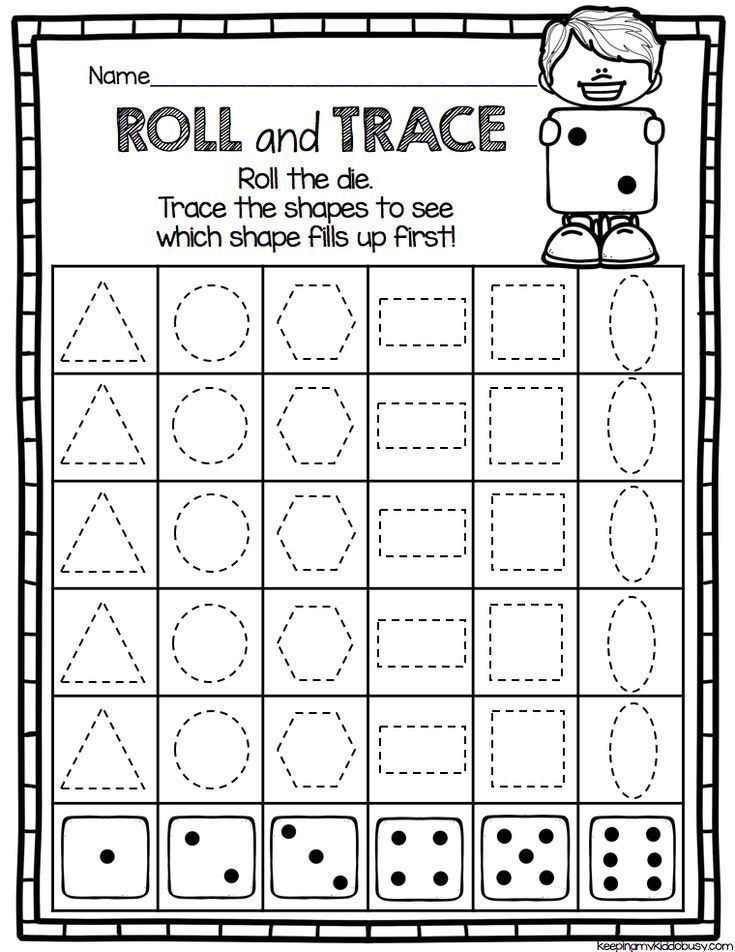 In the process of getting to know objects , the child hears the name of shapes (cube, brick, ball, while simultaneously perceiving them (strokes object , traces a finger along the contour, knocks, throws, etc.). At the same time, acquaintance with basic figures (square, quadrilateral, circle, triangle)
In the process of getting to know objects , the child hears the name of shapes (cube, brick, ball, while simultaneously perceiving them (strokes object , traces a finger along the contour, knocks, throws, etc.). At the same time, acquaintance with basic figures (square, quadrilateral, circle, triangle)
.
In the first younger group, children learn to distinguish objects by shape and name them (cube, brick, ball)
.
The teacher constantly draws the attention of children to toys , which have a pronounced form of sensory standards , encourages them to distinguish (such - not such)
and name them.
In the middle group, children get acquainted with geometric shapes : circle, square, triangle. Examine shapes of these figures (using sight and touch)
.
Development of ideas about geometric figures : circle, square, triangle, as well as a ball, a cube.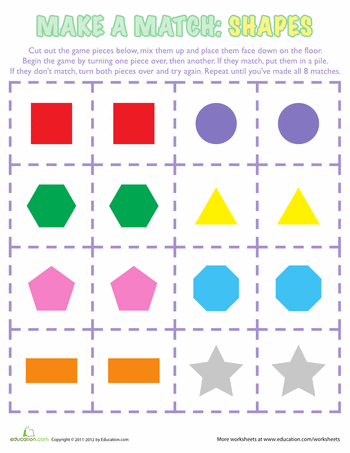 Formation of the ability to highlight special features of figures with the help of visual and tactile-motor analyzers (presence or absence of angles, stability, mobility, etc.)
Formation of the ability to highlight special features of figures with the help of visual and tactile-motor analyzers (presence or absence of angles, stability, mobility, etc.)
.
Introducing children to the rectangle (comparing it with circle, square, triangle)
.
Formation of the ability to distinguish and name a rectangle, its elements: corners, sides.
Formation of ideas that figures can be of different sizes: Large - small cube (ball, circle, square, triangle, rectangle)
.
Development of the ability to correlate the shape of objects with geometric figures known to children : a plate - a circle, a scarf - a square, a ball - a ball, a window, a door - a rectangle, etc.
In the senior group
Acquaintance with the oval based on its comparison with a circle and a rectangle. Formation of ideas about the quadrilateral : leading to the understanding that the square and the rectangle are varieties of the quadrilateral.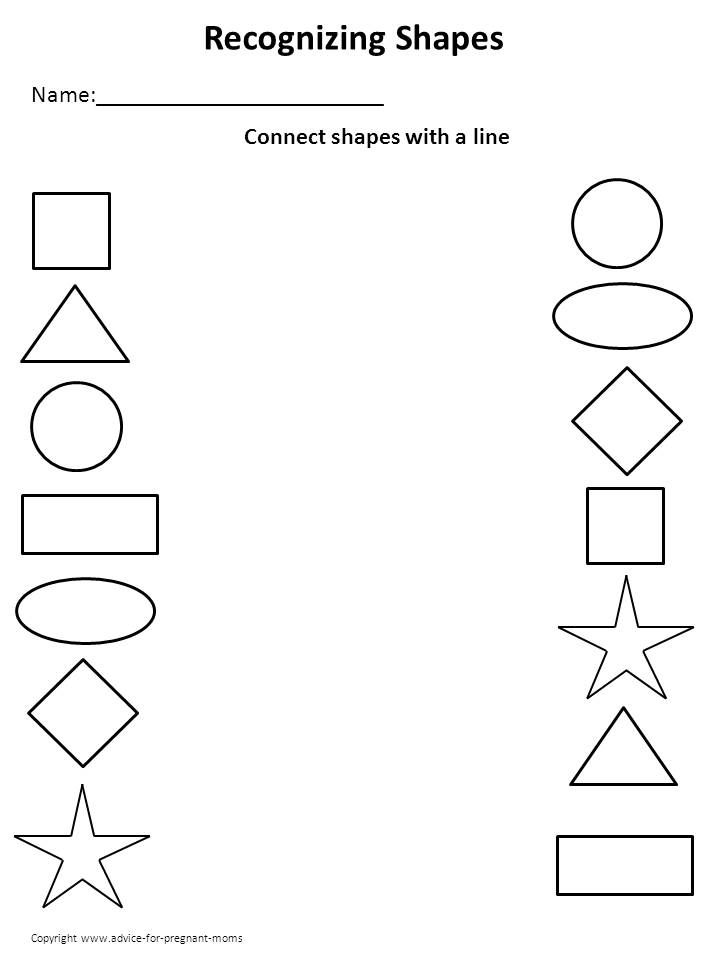
Development of geometric vigilance in children : ability to analyze and compare objects in shape , find in the immediate environment objects the same and different shapes : books, picture, blanket, table tops - rectangular, tray and dish - oval , plates - round, etc.
Development of ideas about how to make another from one form.
In the preschool group.
Refinement of knowledge about geometric figures , their elements (vertices, angles, sides)
and some of their properties.
Formation of ideas about a polygon (on the example of a triangle and a quadrilateral, about a straight line, a straight line segment.
Consolidation of the ability to recognize figures regardless of their spatial position, arrange on a plane, arrange by size, classify, group them by color, form , dimensions.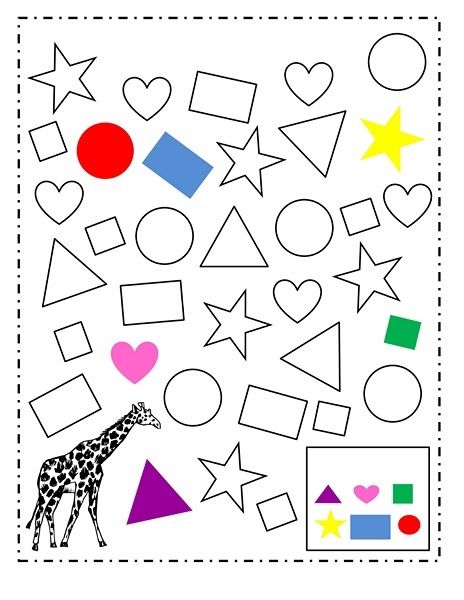
Consolidation of the ability to analyze the shape of objects as a whole and their individual parts; recreate objects complex in form from separate parts according to contour samples, according to the description, presentation .
Research by AN Kholmovskaya shows that a child of early age is indifferent to the names of geometric figures .
For children from 2 to 3 years old, the main identifying feature of the figure is the surface, the plane. They take the figure in their hands, manipulate, play with it. In this at the age of children can distinguish among others a separate geometric figure , they can choose according to the model, but on condition that they are contrasting in shape (circle and square, rectangle and oval, if similar, then it is difficult, they confuse them (rectangle and a trapezoid)
.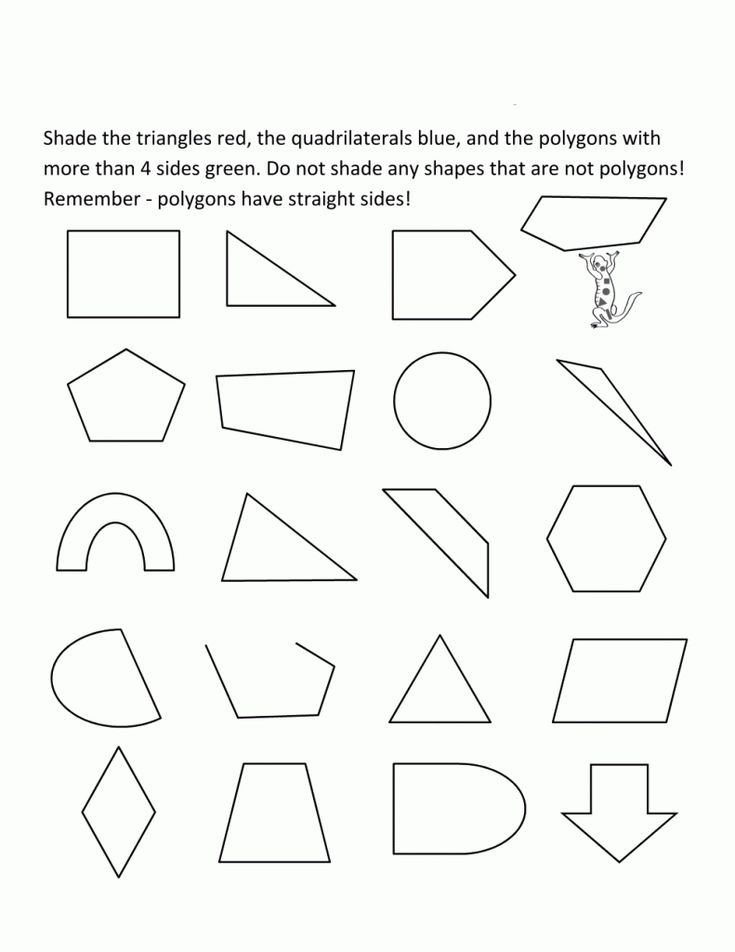 Mastering
Mastering
the shape of objects and geometric figures at this age takes place in vigorous activity: children build towers from cubes, load objects into cars , shift them, select geometric figures and correlate with the slot of the corresponding form (insert games)
.
Children from 3 to 4 years old begin to distinguish geometric figures from objects , highlighting their shape . Naming the figures, they say "circle"
,
"cube"
,
"ball"
. Children examine the figures tactilely - by motor, trying to draw a finger, a hand along the contour. Begin to perceive structural elements
geometric figures (angles, sides, while abstracting from color, size.
However, the visual perception of geometric figures still remains fluent, inaccurate, since the child's gaze does not focus on the contour or plane.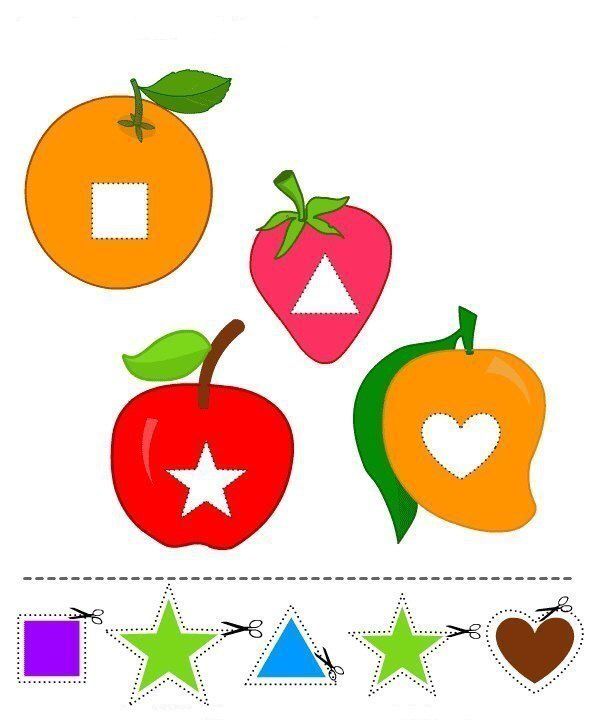 Because of this, children continue to confuse similar figures.At the age of , children develop accurate ideas about the figure , they successfully establish similarities and differences shapes of objects with geometric figures , can display shapes in productive activities.
Because of this, children continue to confuse similar figures.At the age of , children develop accurate ideas about the figure , they successfully establish similarities and differences shapes of objects with geometric figures , can display shapes in productive activities.
At the age of 5-6, children perceive geometric figures visually , tactilely - motor examination becomes unnecessary. In the process of visual examination, they fix the contour, highlight the corners, vertices, sides, and on this basis include the figure in a group of rounded or angular figures, group, classify, arrange, systematize them. Recognizing geometric figures and their properties, the child is able to give verbal characteristics to the shapes of objects and geometric figures . Psychologist S. N. Shabalin in his study determined the sequence of mastering by preschool children the shape of objects and geometric figures , highlighting three stages.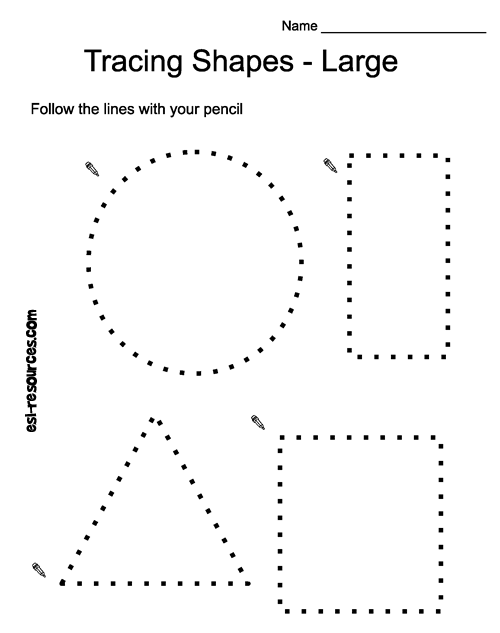
I. Stage objectification (up to 1.5-2 years)
. The child perceives
geometric figures as ordinary objects , toys and calls them by the names of these objects : a cylinder - a glass, a triangle - a scarf, a square - a window.
II. Comparison stage (2 to 4 years)
. Children no longer identify
a geometric figure with an object , but compare an object with a geometric figure , a geometric figure with an object , reflect the comparison in speech: "Triangle, like a sail"
,
"Circle, like a wheel »
.
III. Stage when geometric figure becomes the standard (from 5 to 6 years)
. The objects surrounding
are compared with this standard, their parts and their shape is determined : ball - ball, carrot - cone, plate - circle.
Thus, the perception of a form by a child of preschool age is carried out on the basis of its simultaneous examination by visual, tactile and motor methods with the naming of features.
In the studies of Z. E. Lebedeva, R. L. Nepomnyashchaya a sequence was determined in the formation of knowledge about geometric figures .
1. Demonstration of a geometric figure and naming it.
2. Examination of a geometric figure by specific mathematical operations (counting, measurement)
.
3. Showing several geometric figures identical in shape , but different in color and size, their comparison. At the same time, attention is drawn to children for the independence of the form from the size and color of the figure.
4. Comparison of geometric figures with objects similar in shape to ; finding among the surrounding objects such , which are similar in shape to the sample .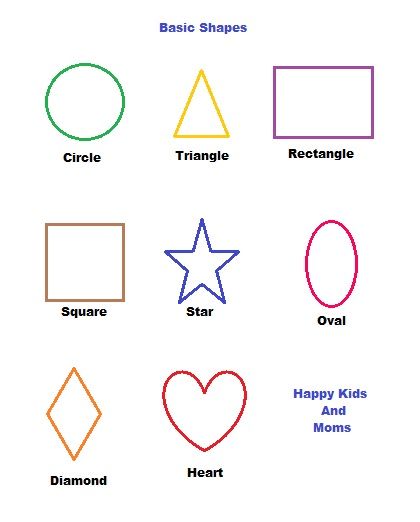
5. Comparison of objects in the form with each other using geometric figure as a standard .
6. Comparison of familiar geometric shapes , definition common qualities and differences (oval and circle, square and rectangle, etc.)
.
7. Consolidation of the properties of geometric figures by measuring, molding, drawing, laying out, transfiguration, etc.
The work of familiarizing children with shape and geometric figures begins at an early age . Curriculum determined that children should be introduced to flat-printed and three-dimensional figures: circle, square, triangle, rectangle, oval, trapezium, rhombus, ball, cube, cylinder, prism, cone, pyramid, and form ideas about them at the level of recognition, action and passive vocabulary. In various activities, children are given the opportunity to act with figures, correctly naming them.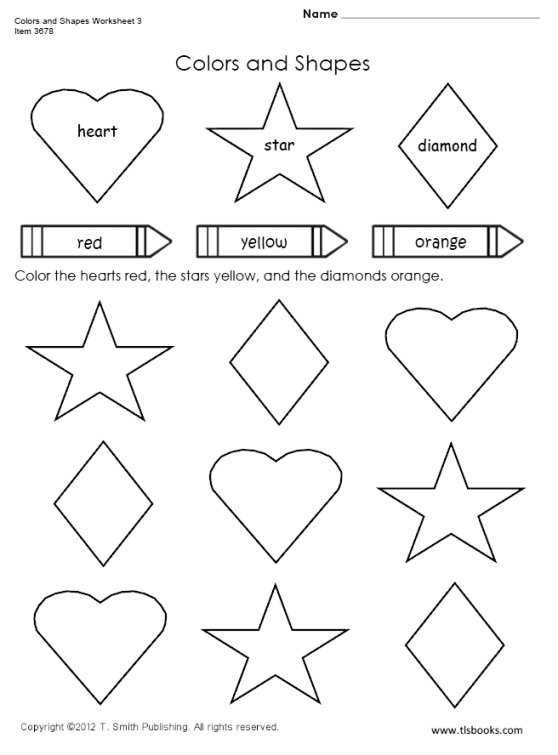
Acquaintance with geometric shapes and forms is facilitated by cognitive and practical activities (tasks "Find the same cubes and build a turret"
,
"Roll the ball into the goal"
, etc. (change
mold molded from wet sand; according to the existing folds, cubes are folded from reamers, etc., artistic activity - appliqué, drawing, modeling.
In the process of familiarization with geometric figures of young children , the method of pairwise comparison is used - planar with planar, planar with volumetric, volumetric with volumetric are compared. For example, comparing a ball and a cube, children find common and different things in these items . Assigned teacher the child takes the ball in his hands, strokes it, makes sure that it has no corners, it can be rolled. Similarly, knowledge about the cube is clarified and generalized: the cube has a network of corners, sides (faces, it is stable, it is impossible to roll it.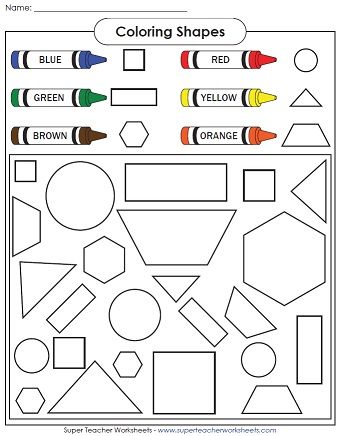 From cubes you can build houses, turrets.Children compare balls, cubes of different colors and sizes, thereby the teacher leads them to the conclusion that the shape does not depend on the color
From cubes you can build houses, turrets.Children compare balls, cubes of different colors and sizes, thereby the teacher leads them to the conclusion that the shape does not depend on the color
In the teaching methodology middle-aged children is a more detailed survey of geometric shapes . Children learn to characterize figures on a quantitative basis, counting sides, angles, vertices, get acquainted with the nature of the aspect ratio. Comparing geometric shapes , preschoolers identify relationships of identity and similarity, equivalence.
From a direct comparison of geometric figures children move on to a verbal description of their shapes . The order of consideration, comparison, description can be as follows: What is it? What colour? What size? What is the difference? How are they similar?
Middle-aged children are introduced to lines (straight line, curve, broken line, arc, they are taught to distinguish them in objects , geometric shapes .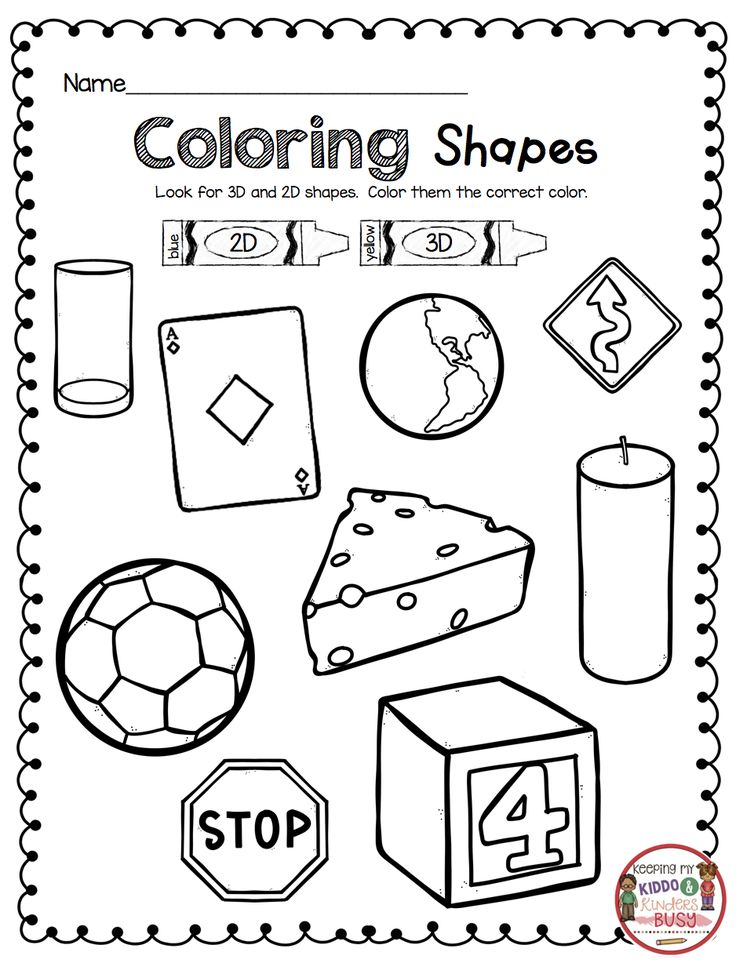 For example, in a circle, an oval, you can see an arc, a curve; in a trapezium, a rectangle - a straight line
For example, in a circle, an oval, you can see an arc, a curve; in a trapezium, a rectangle - a straight line
In older children, a survey of geometric figure becomes even more detailed and detailed. All work on the formation of representations and concepts is based on the comparison and comparison of their models, the models are no longer compared in pairs, but three or four figures at once. So, while clarifying ideas about a rectangle , children are shown several rectangles, different in size, made of different materials, different colors. At the same time, attention is drawn to the fact that form does not depend on size, color. Children identify the features of this figure: they are equal in pairs, sides, angles are also equal.
Children of older preschool age are also invited to draw geometric figures in a checkered notebook. When sketching, precise, clear instructions are given: what to draw, what size, in what quantity.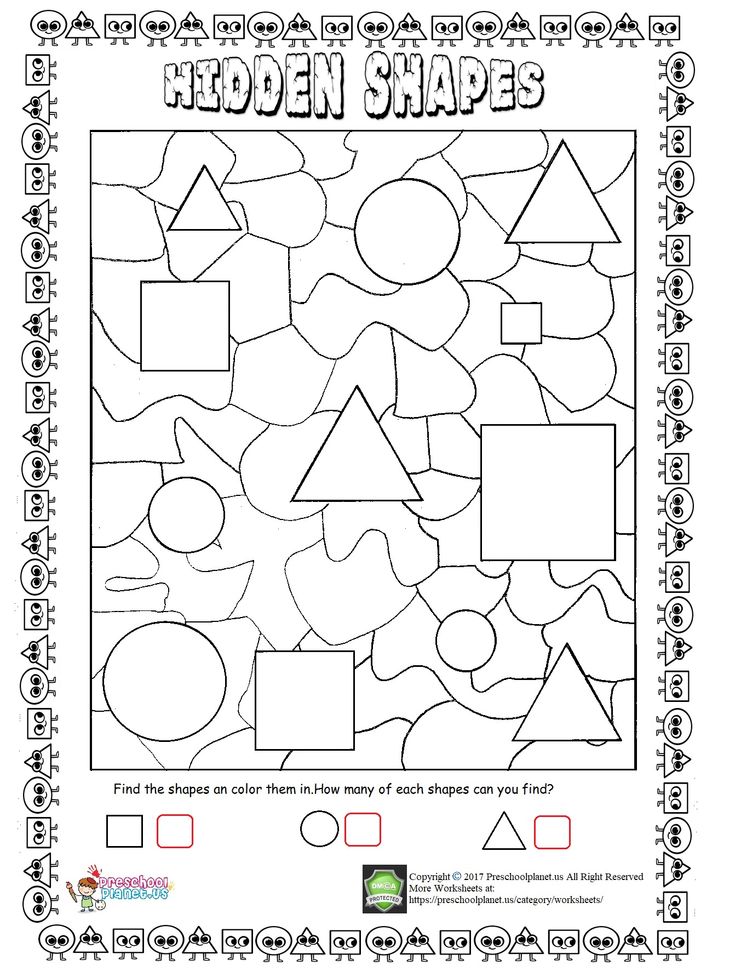
In the process of familiarizing children with geometric figures , such a technique is used as laying out geometric figures from sticks . At the initial stages, children lay out geometric figures according to the model , in the older group - 9 each0179 presentation , they are taught to modify the laid out objects by rearranging one or more sticks.
Transfiguration is an important point in expanding geometric representations of . For this, special games are used: Pythagoras
,
“Magic Circle”
,
“Mongolian game” 9000 9000 and Mongolian game, etc.
Curriculum defines task , to form generalized concepts in children of senior preschool age : quadrilateral, polygon, triangular, rounded figures.
To systematize geometric knowledge allows familiarity with polygons. You can show the children a pentagon and a hexagon without naming them, give them the opportunity to examine, compare with the known shapes and come up with names.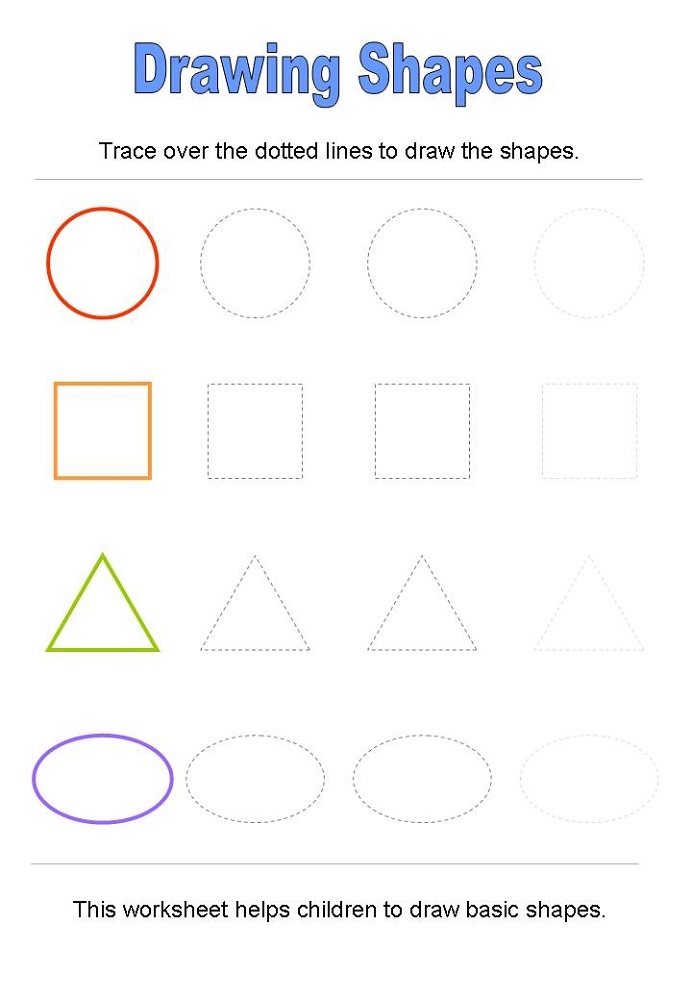 The teacher , summarizing the answers of children , will give the correct names. Actions with a variety of form figures allow children to be brought to the generalization : all figures that have three or more corners, sides, vertices can be attributed to the group of polygons. All practical and intellectual actions of children should be directed to the knowledge of the structural elements of geometric figures , their features and, most importantly, to the realization that some figures are in a subordinate relationship to others. The concept "quadrilateral"
The teacher , summarizing the answers of children , will give the correct names. Actions with a variety of form figures allow children to be brought to the generalization : all figures that have three or more corners, sides, vertices can be attributed to the group of polygons. All practical and intellectual actions of children should be directed to the knowledge of the structural elements of geometric figures , their features and, most importantly, to the realization that some figures are in a subordinate relationship to others. The concept "quadrilateral"
is a generalization of such concepts as a square, rhombus, trapezoid, etc., and in the concept
"polygon"
includes all triangles, quadrangles, pentagons, etc., regardless of their type and size. Such interconnections and generalizations are accessible to children and raise their mental development to the highest level.